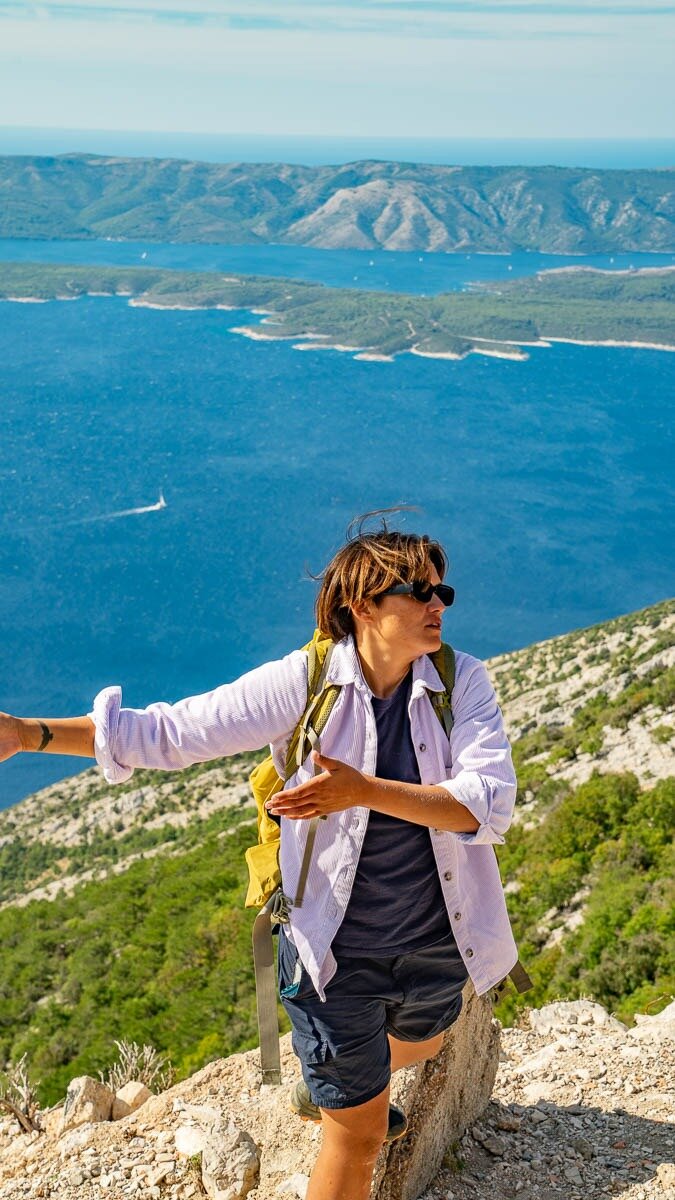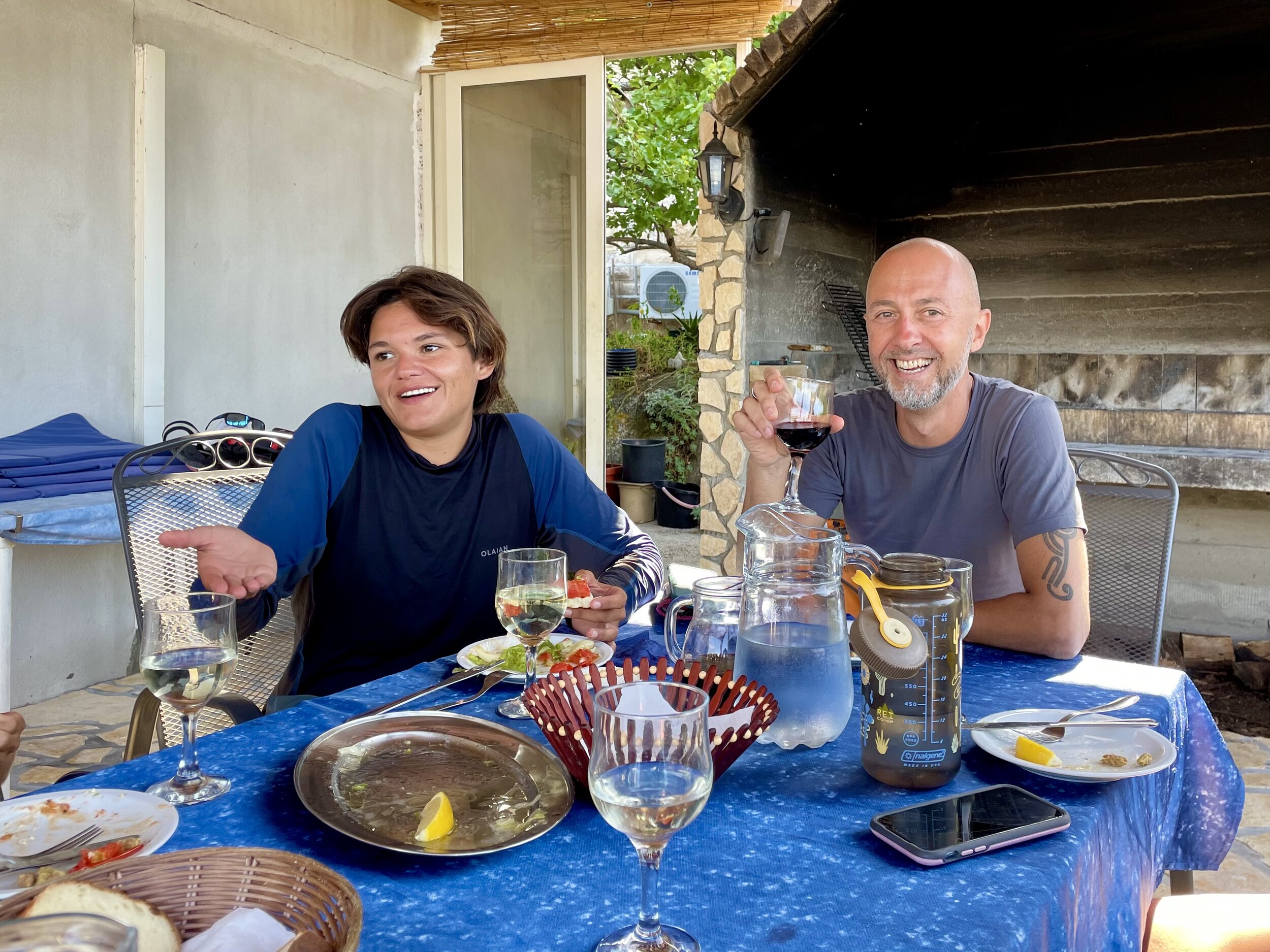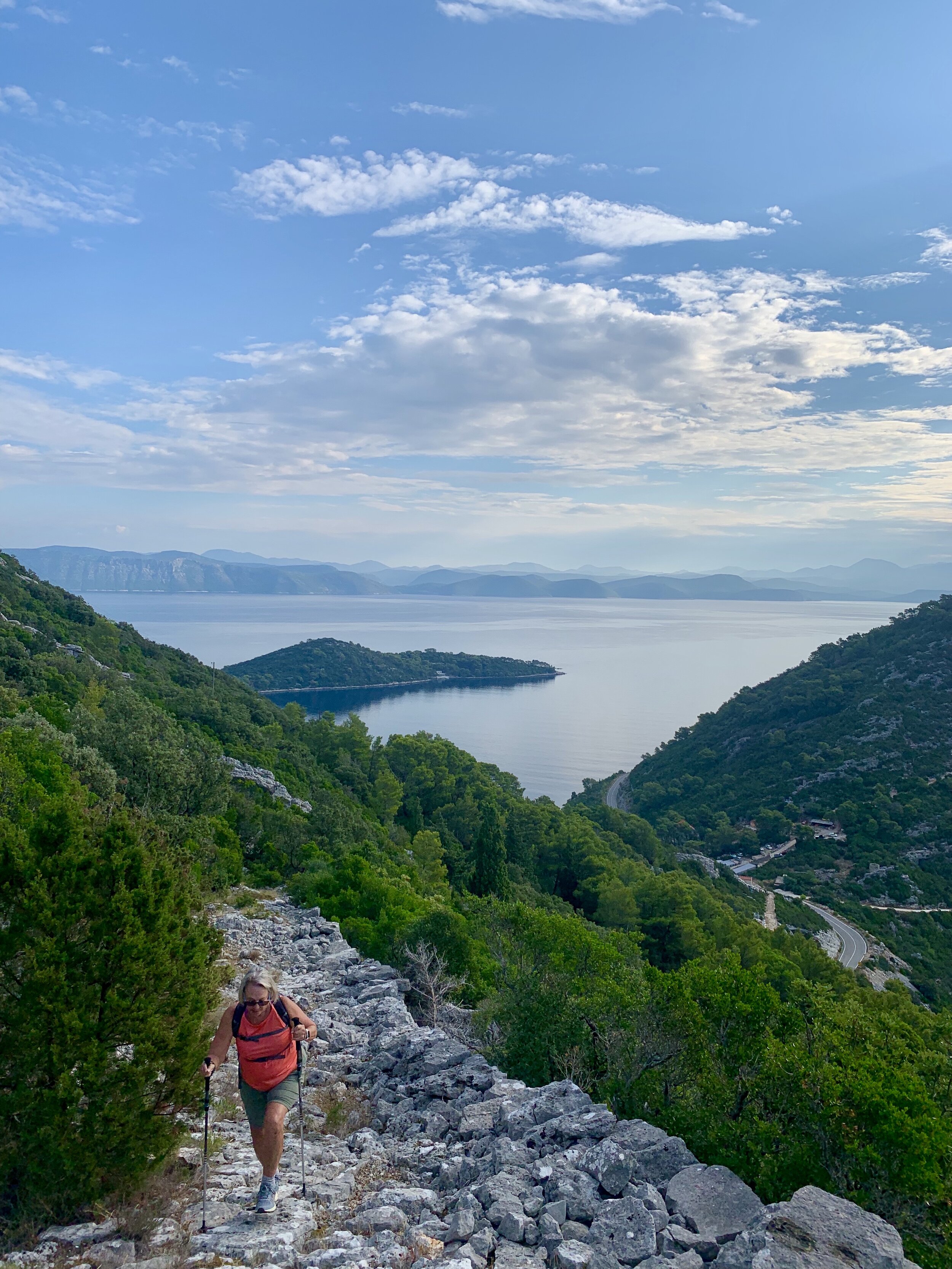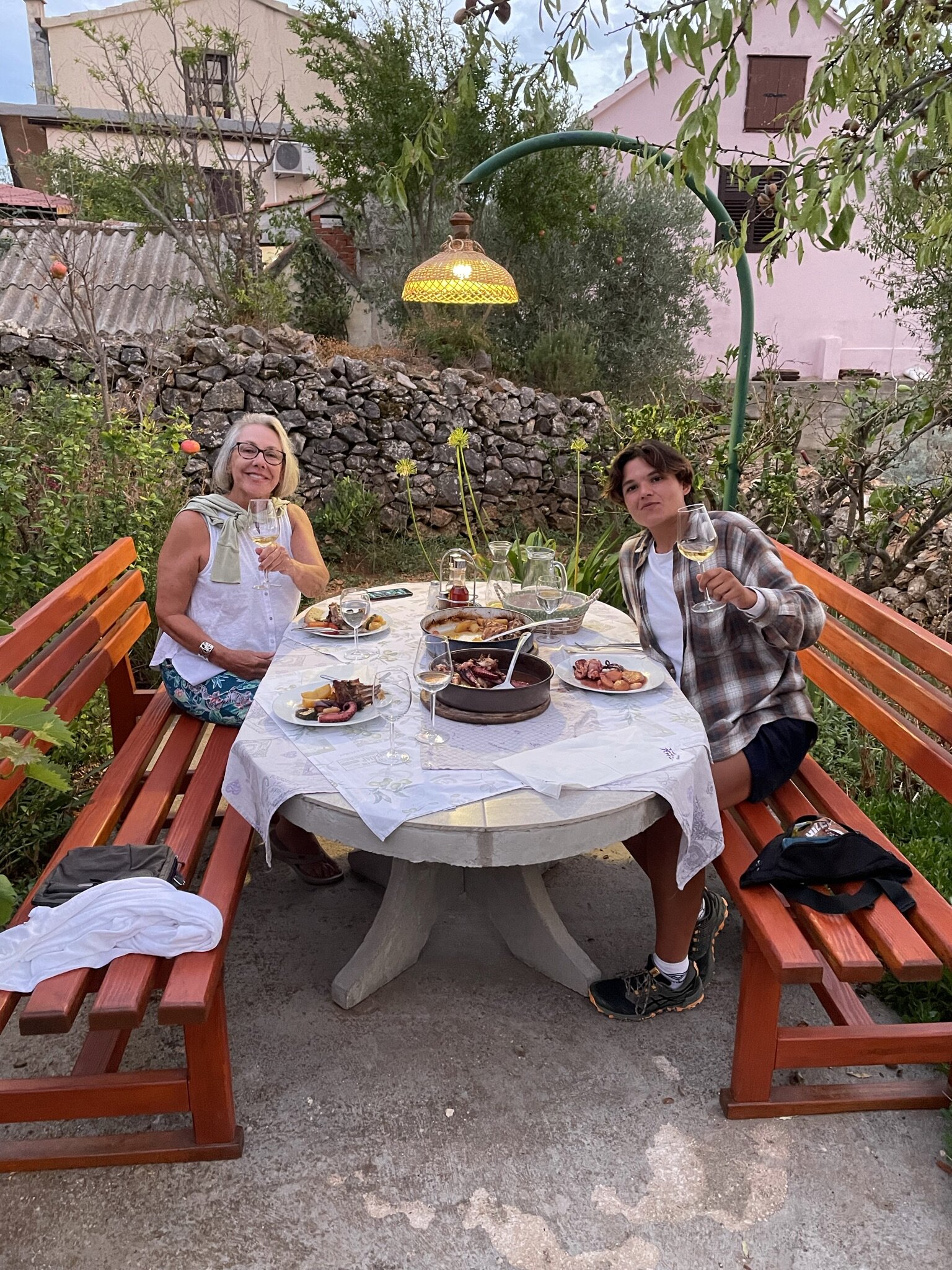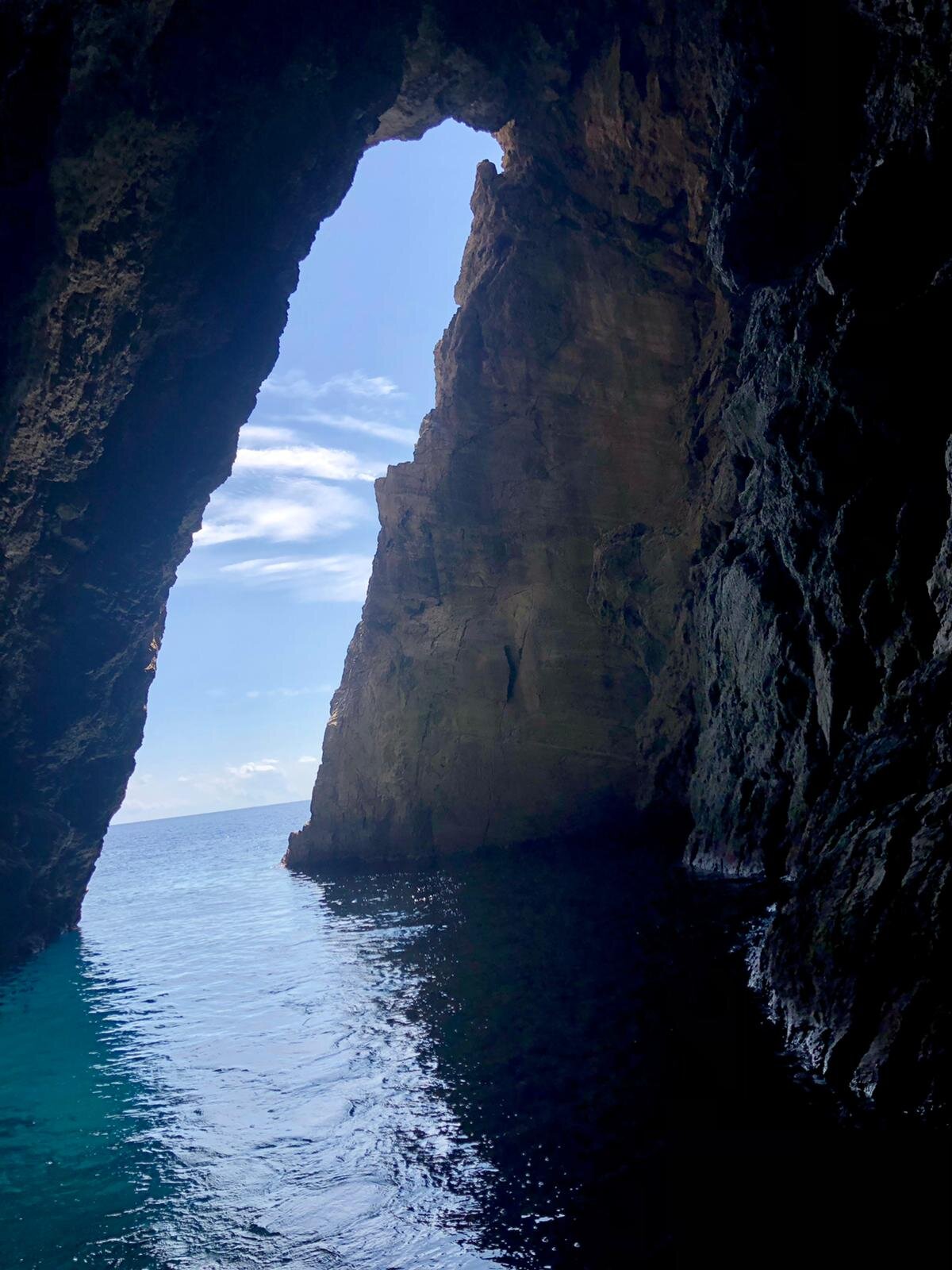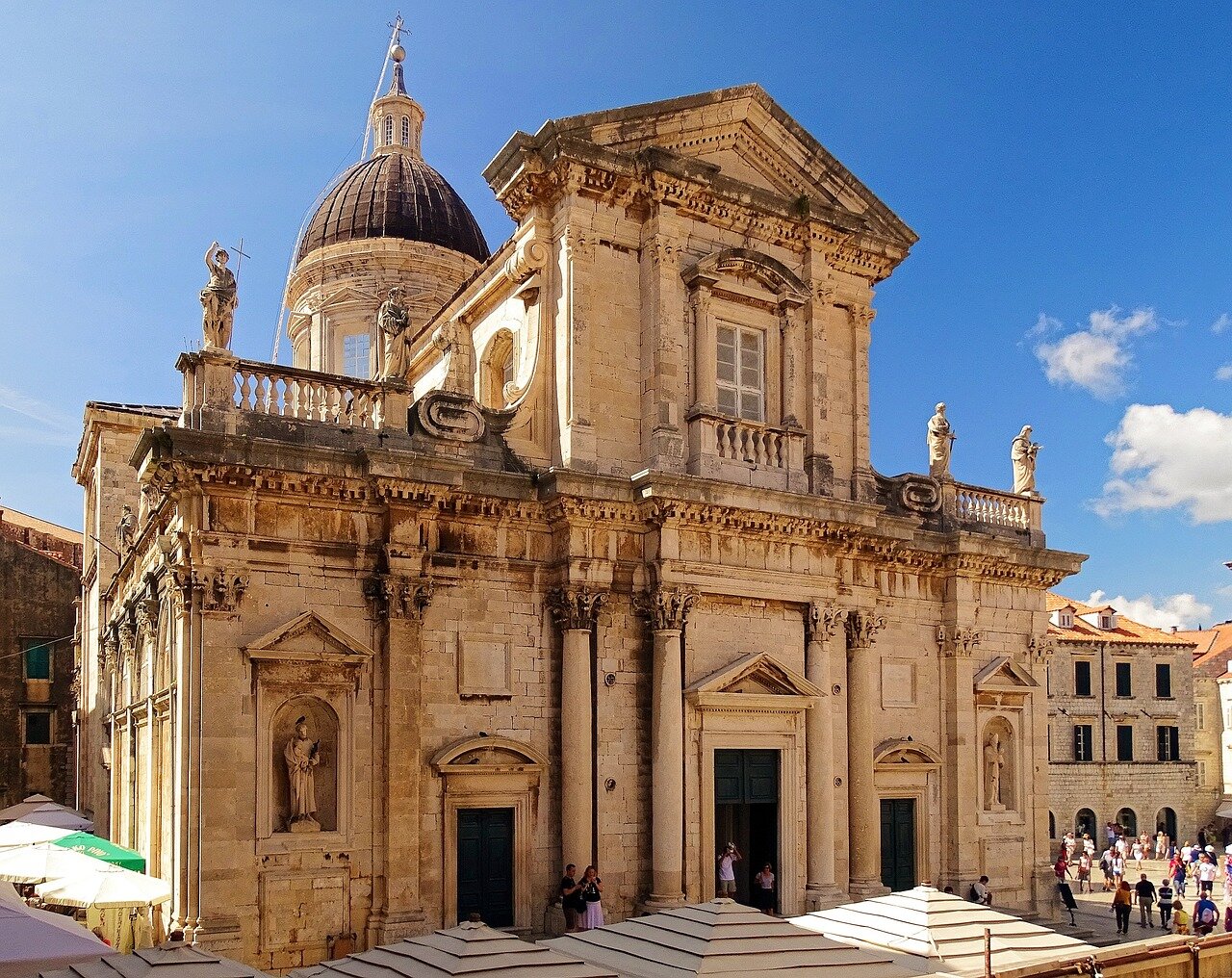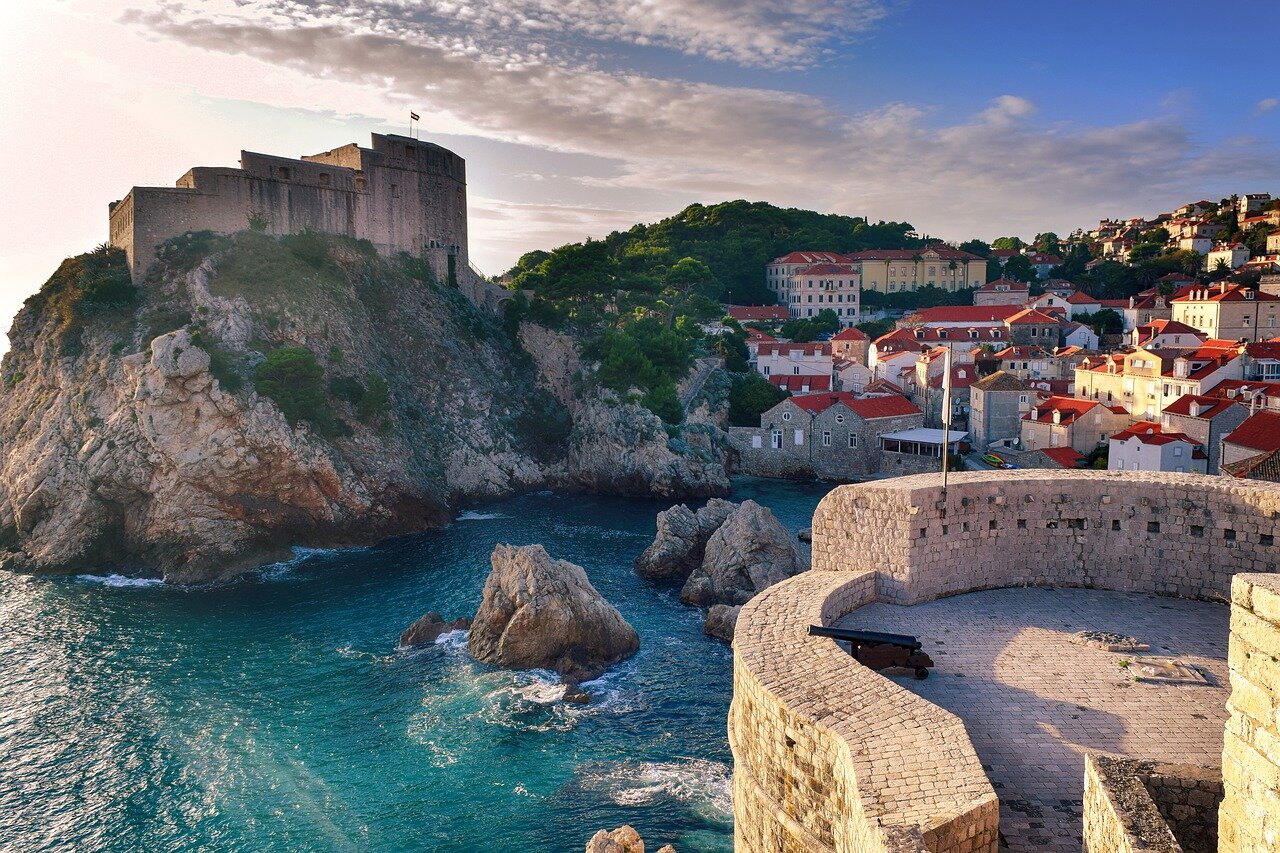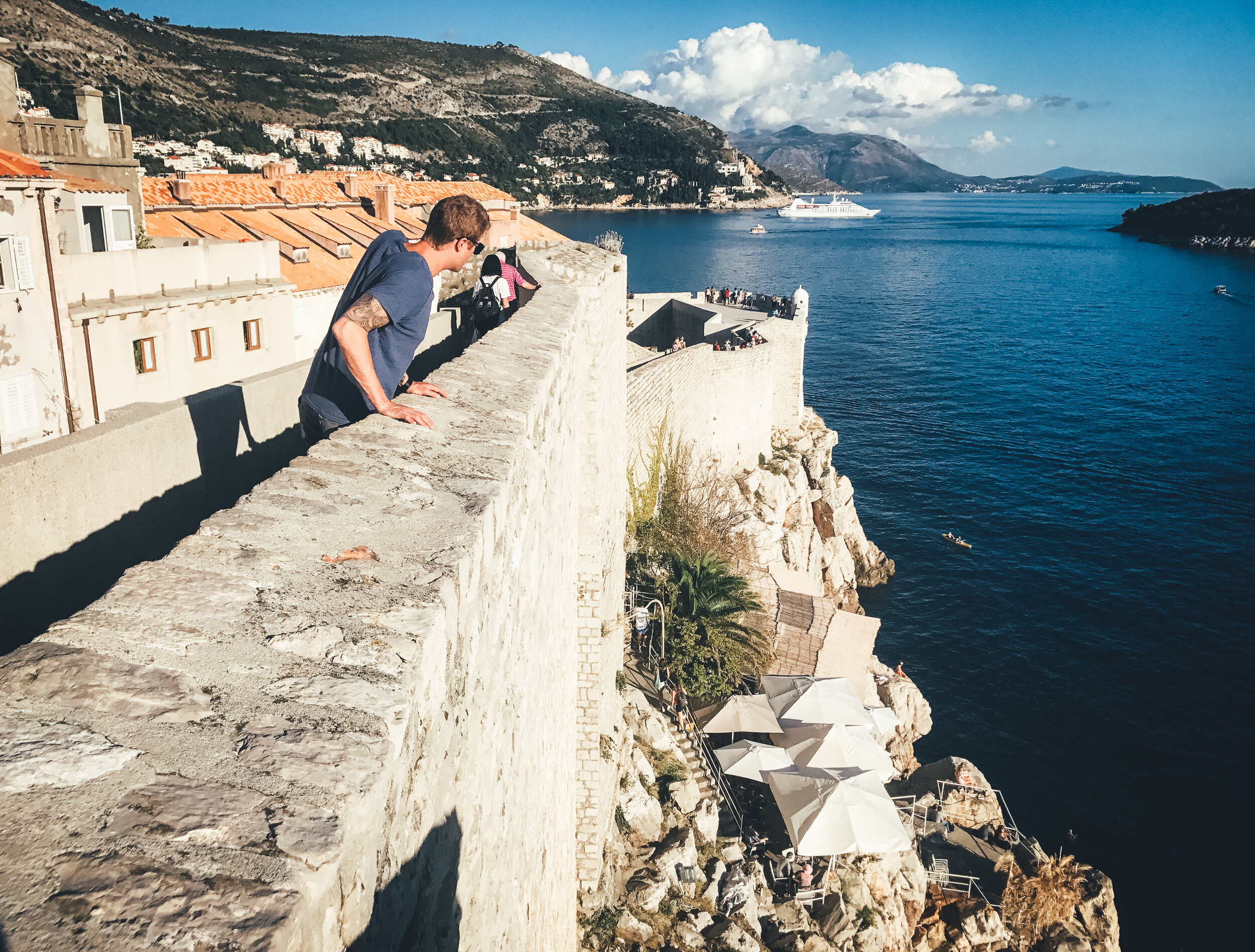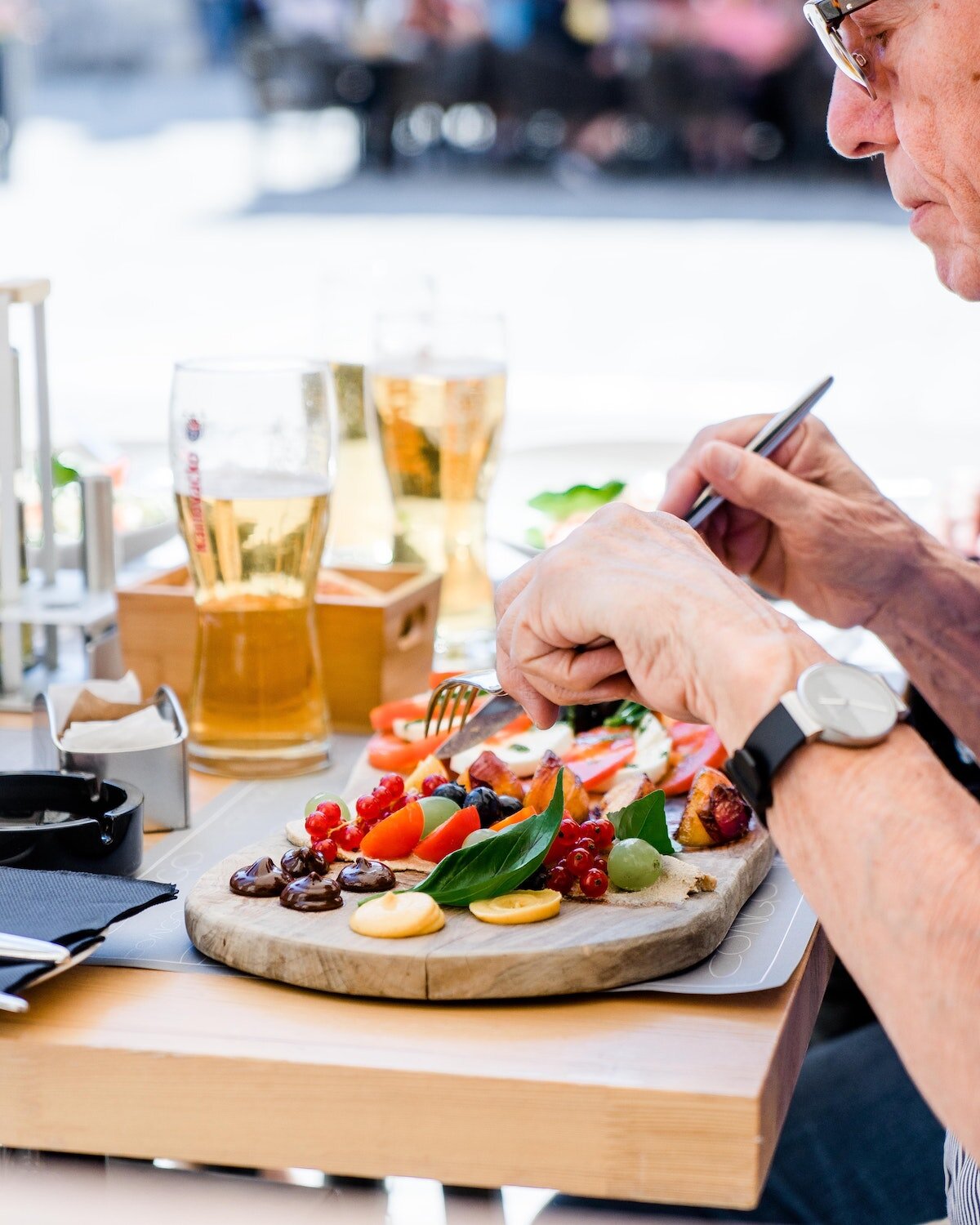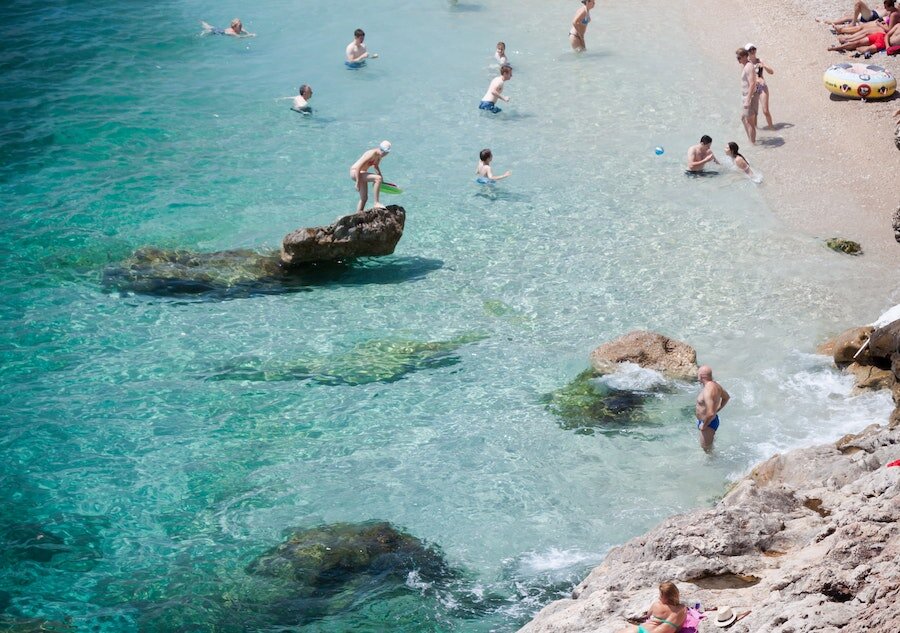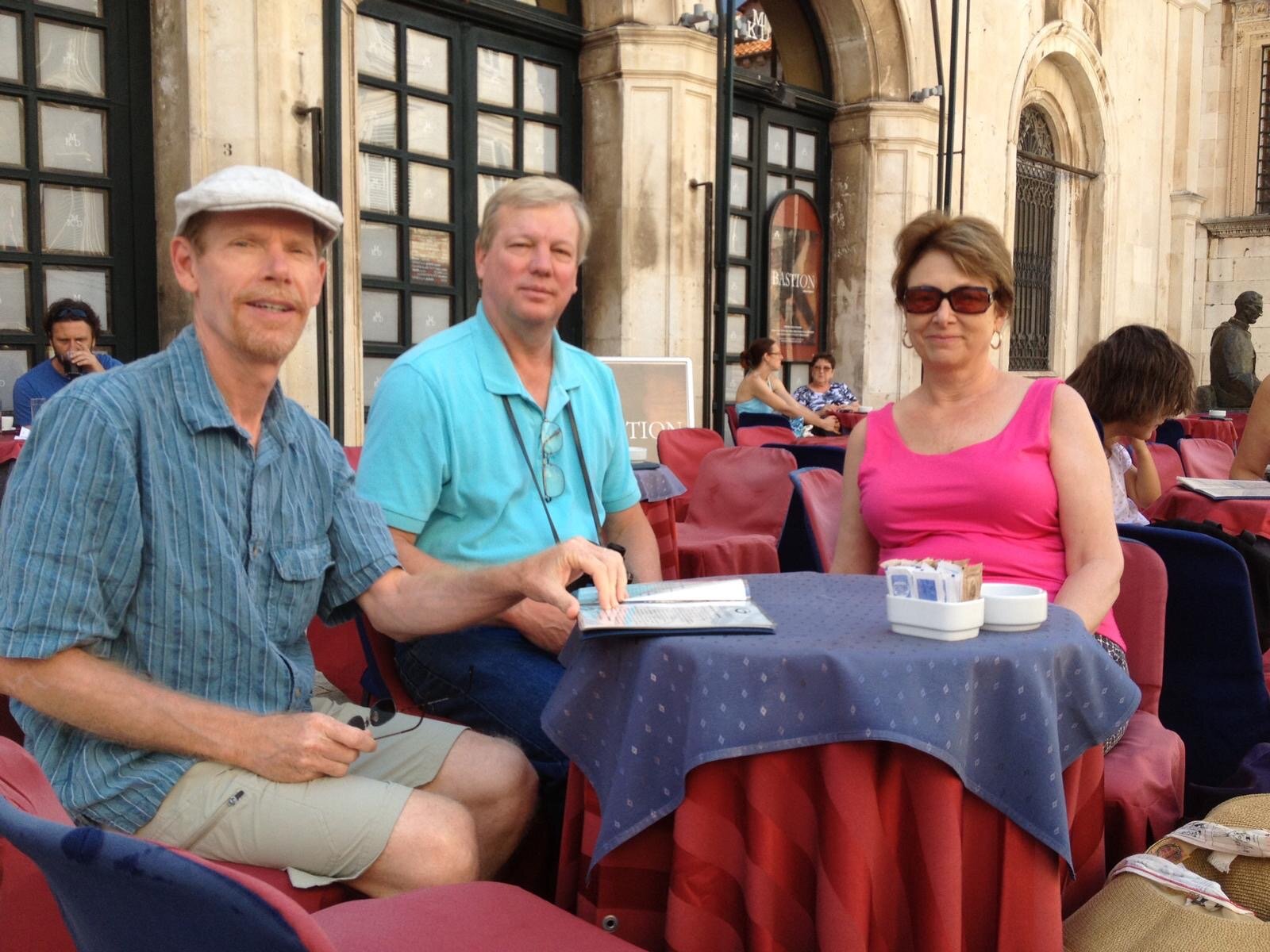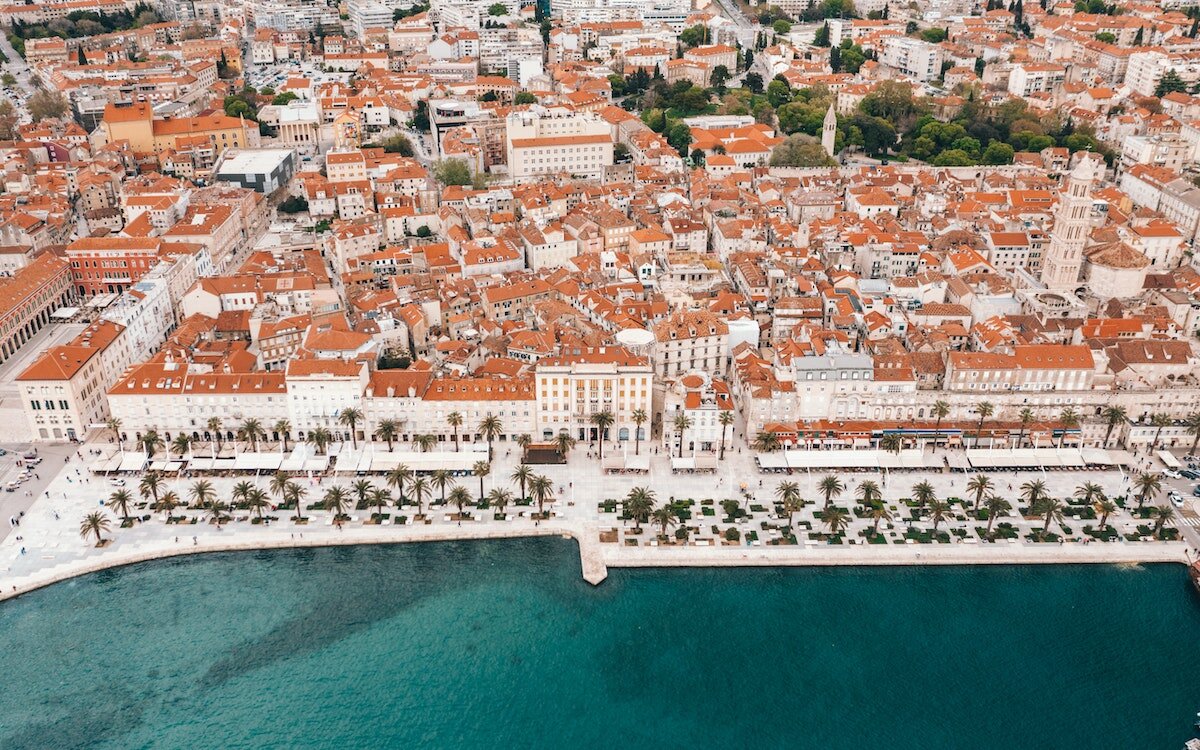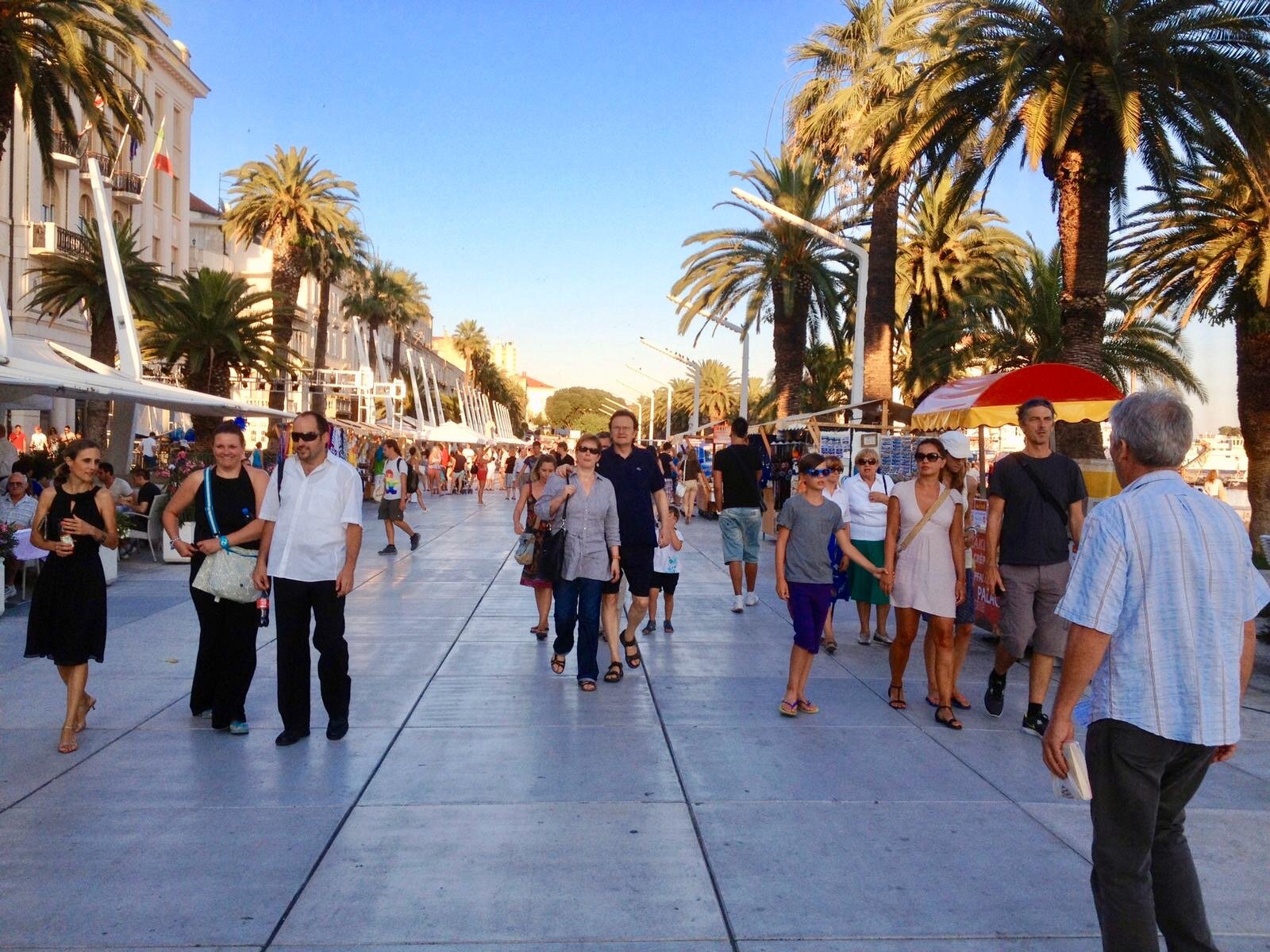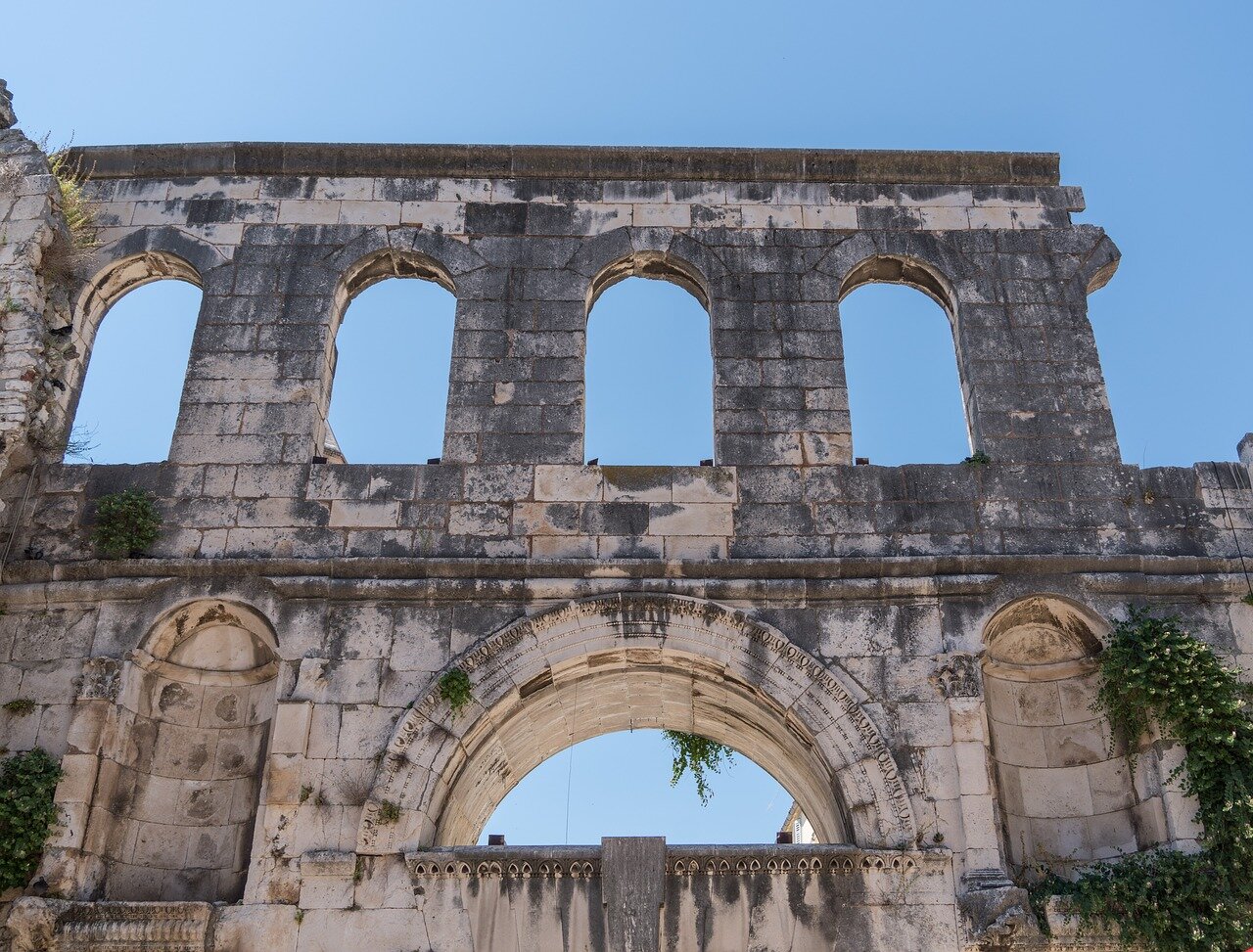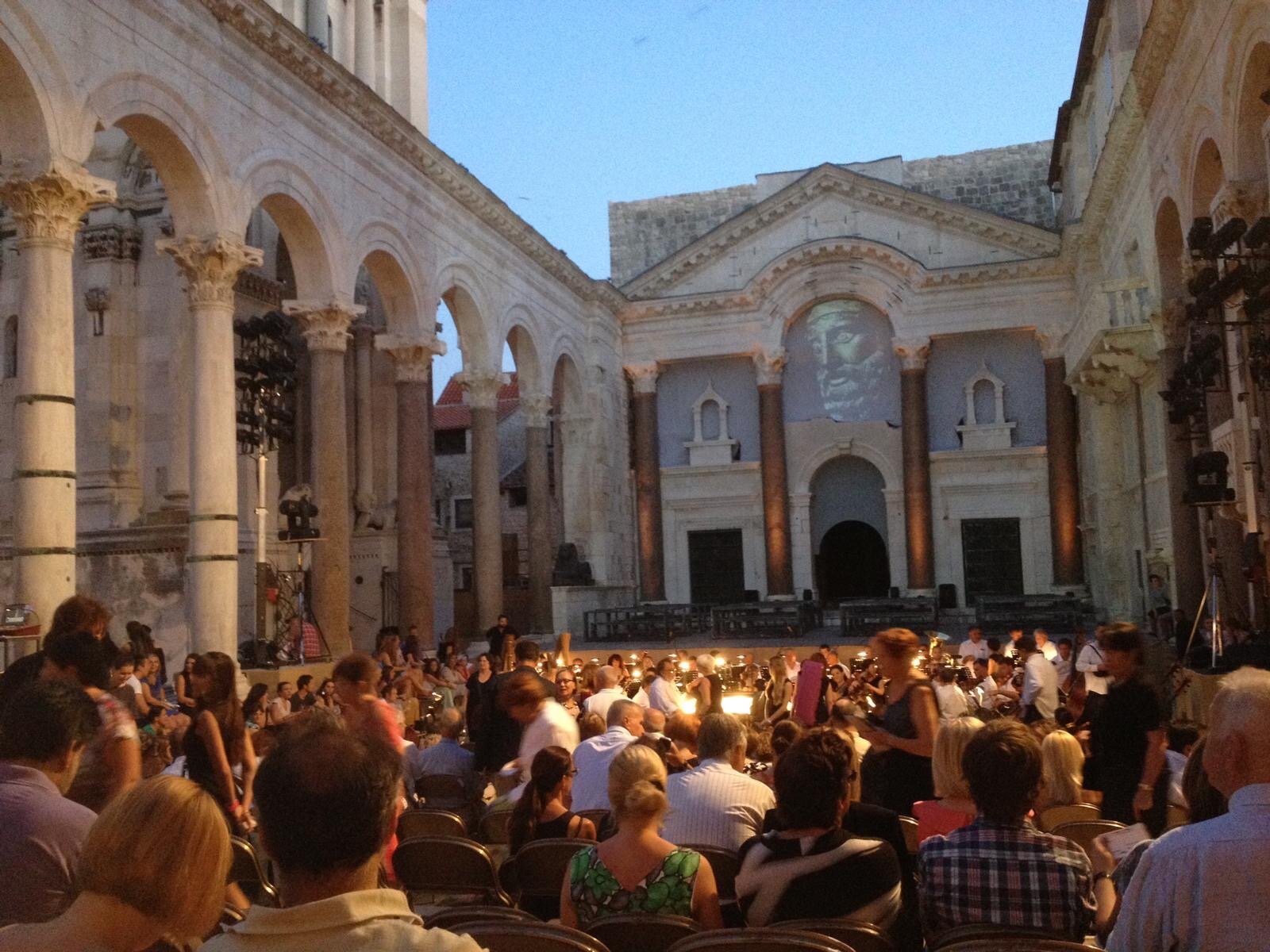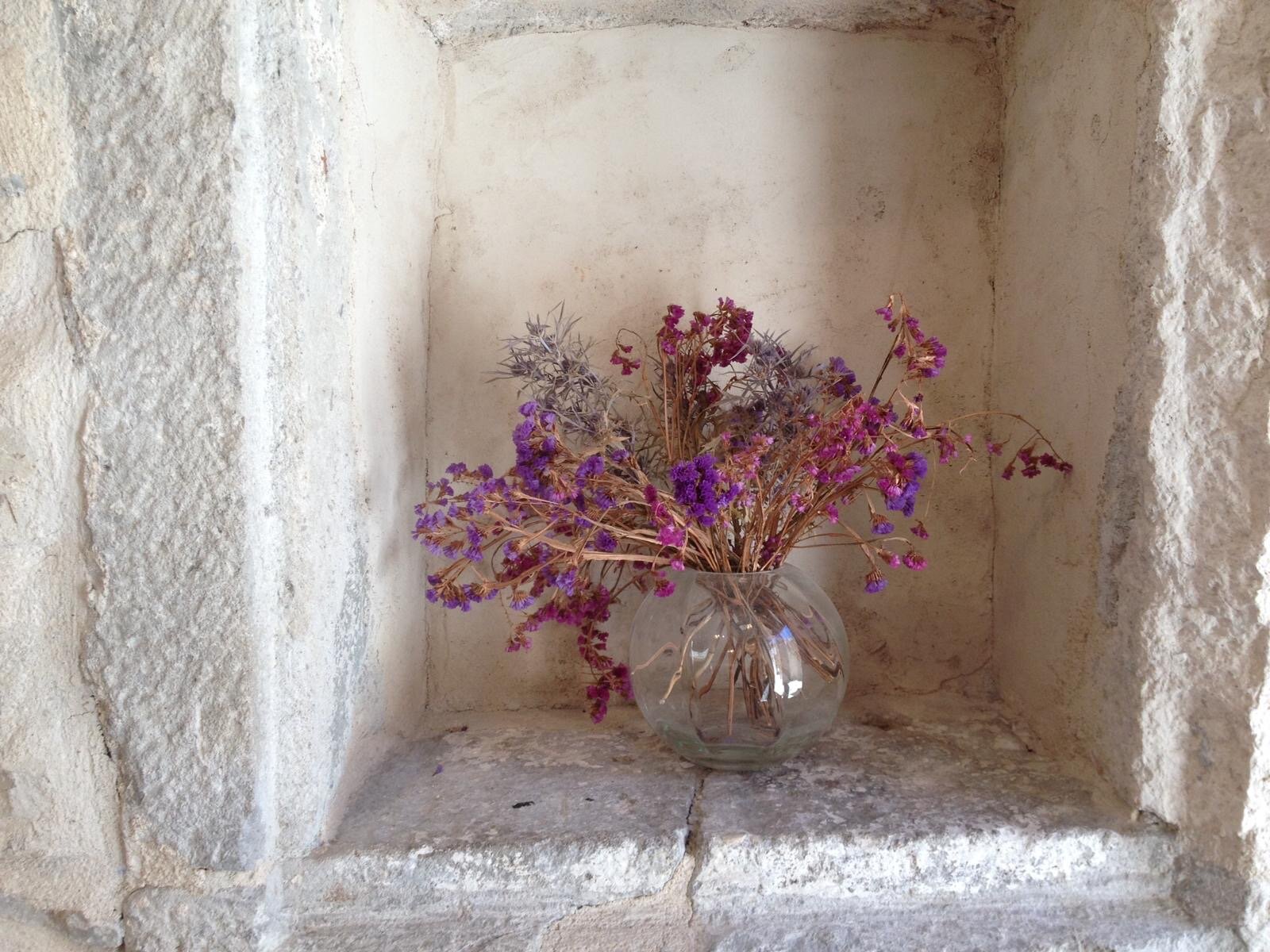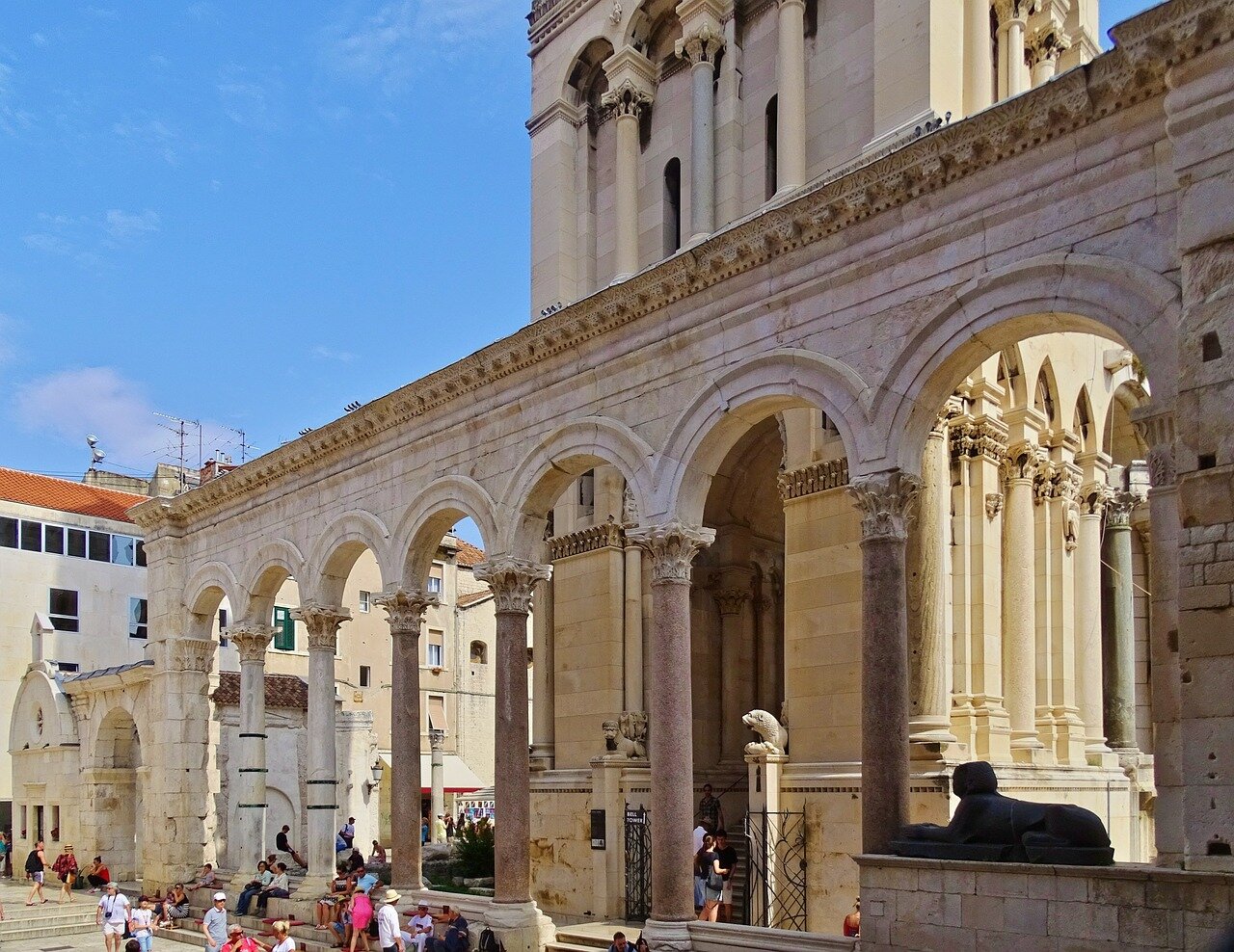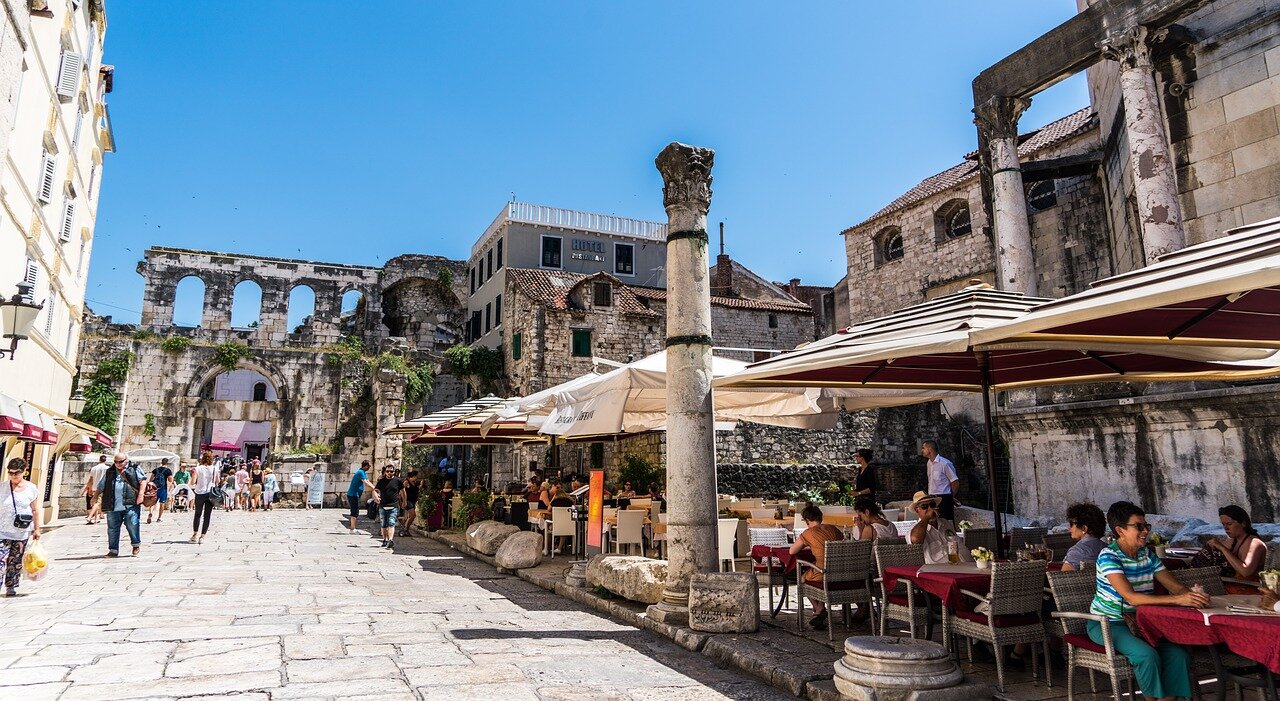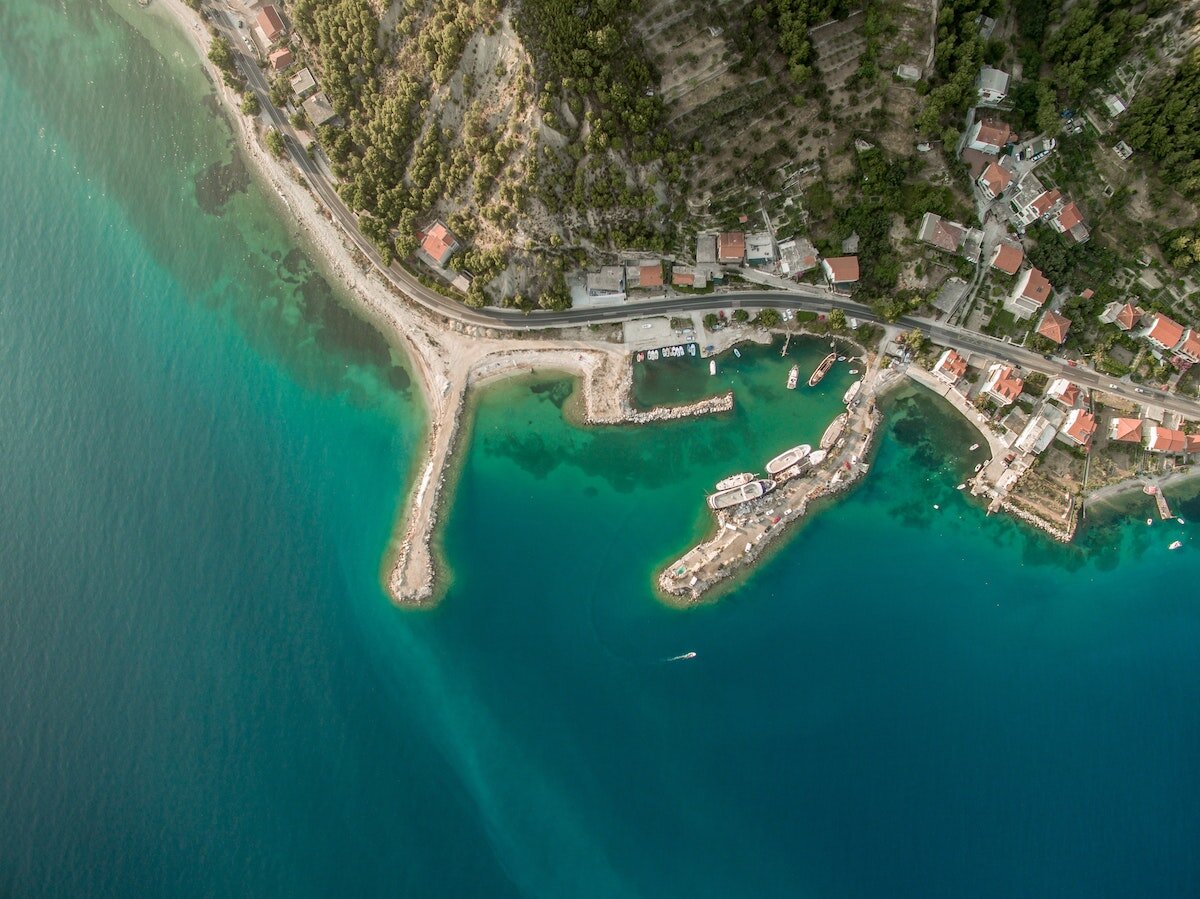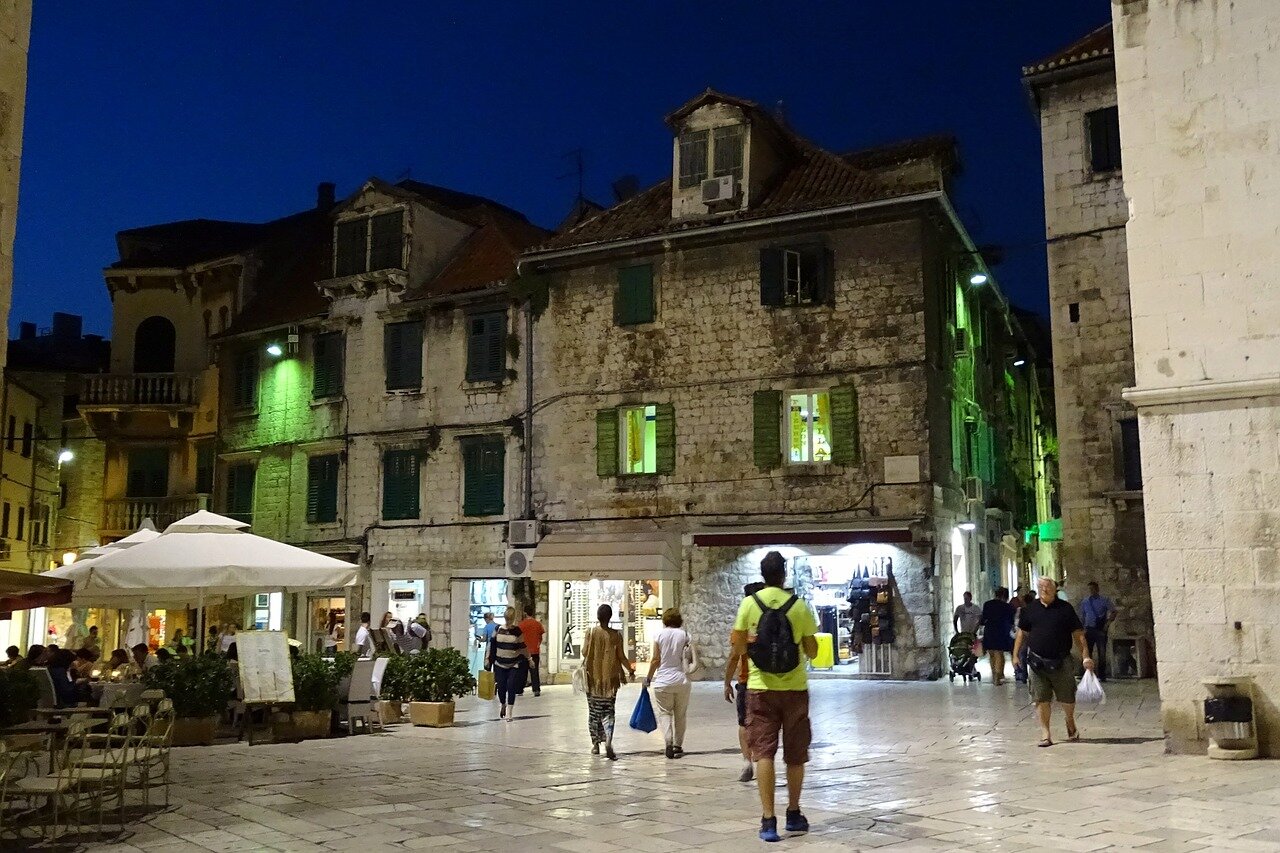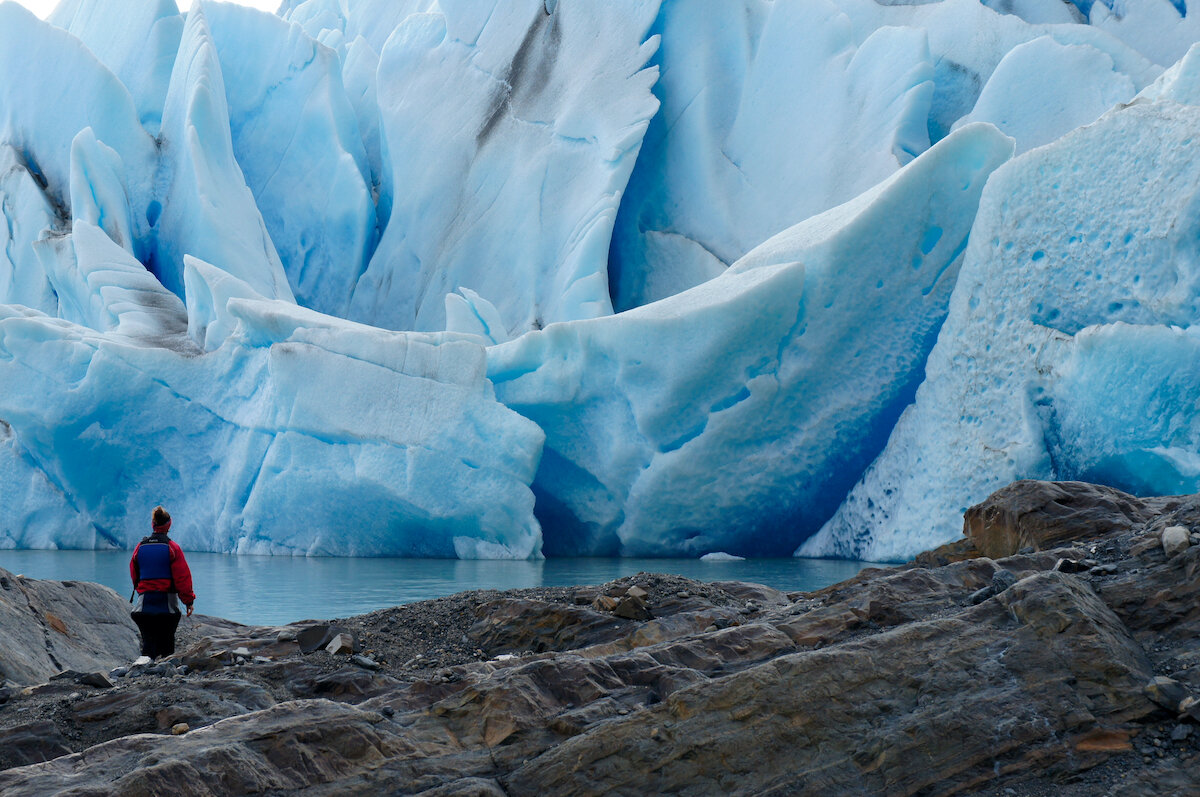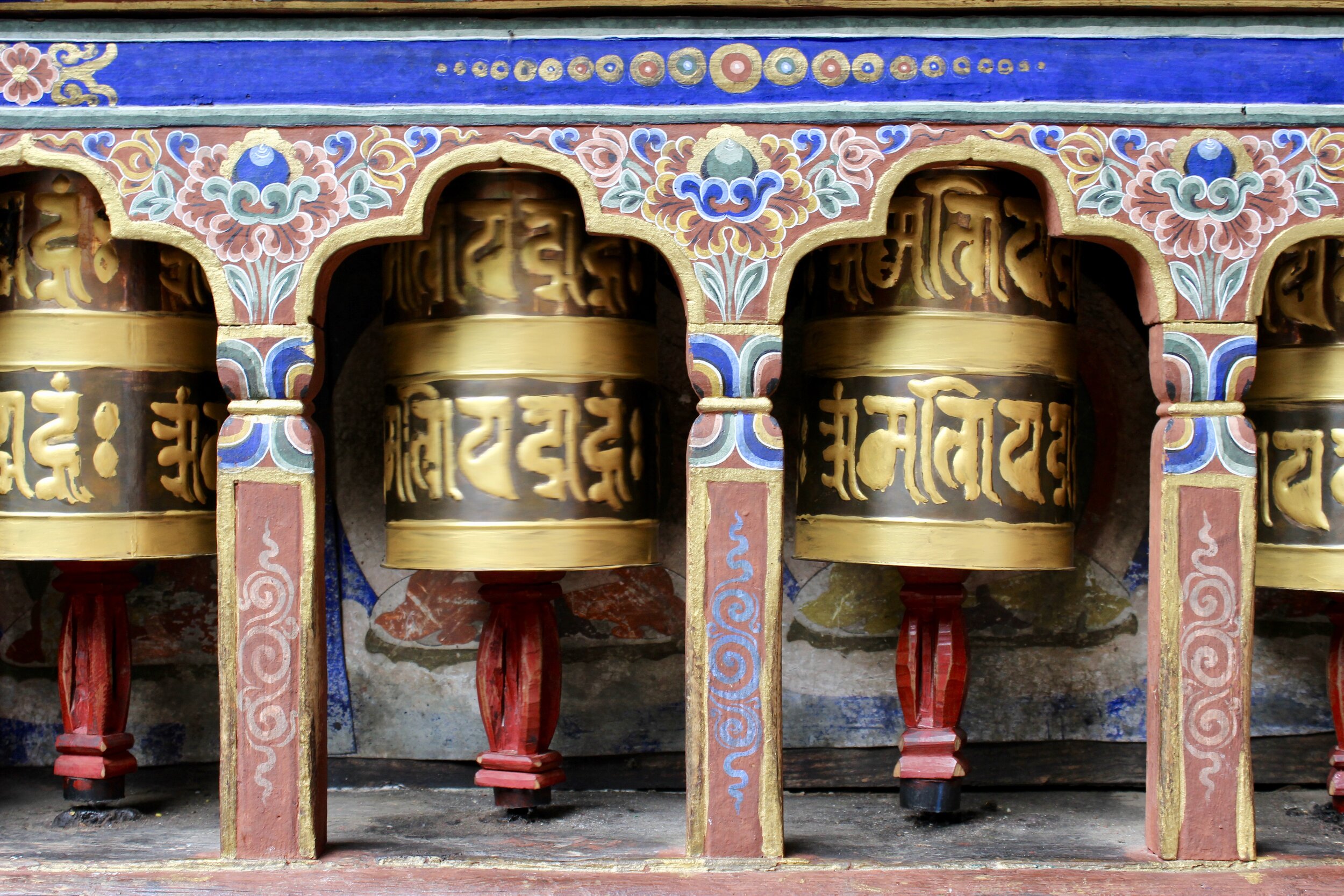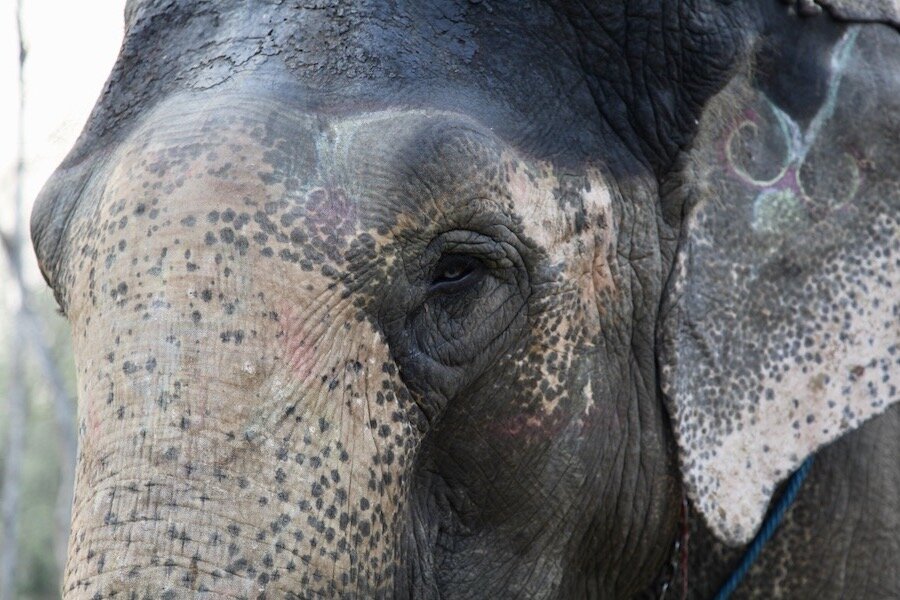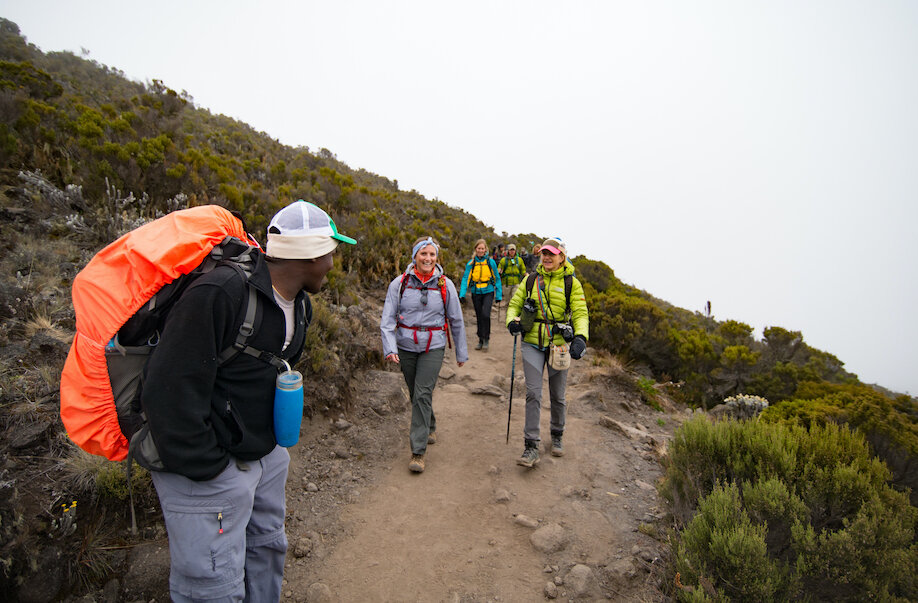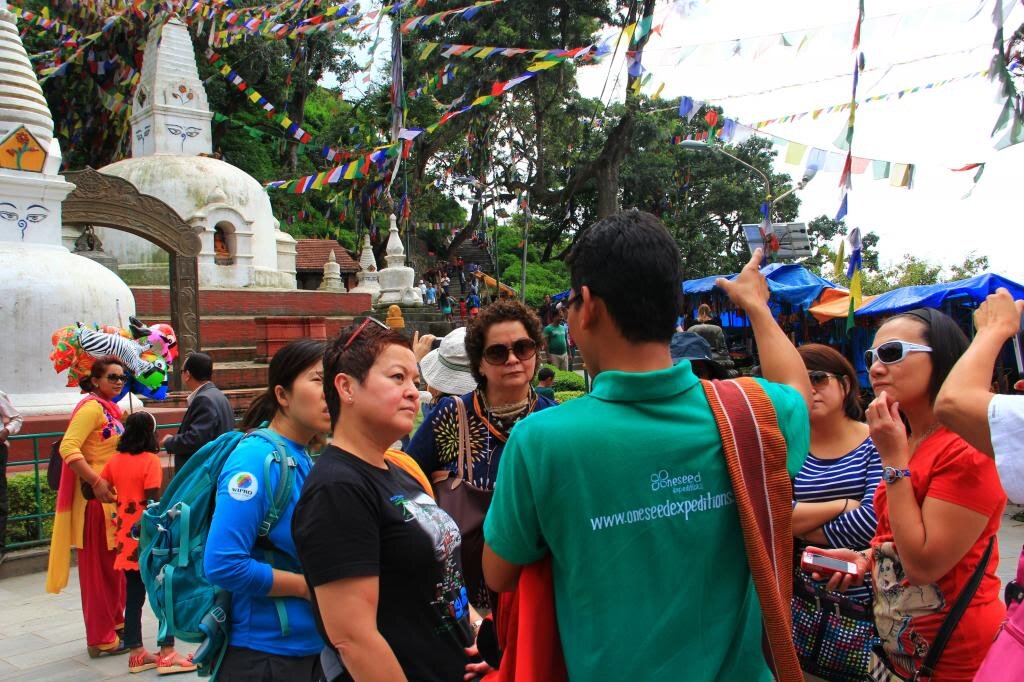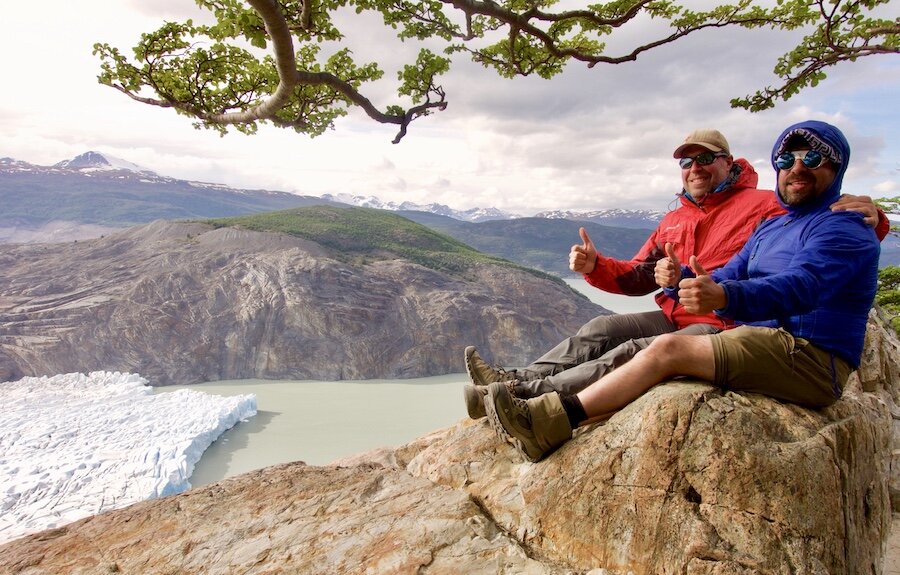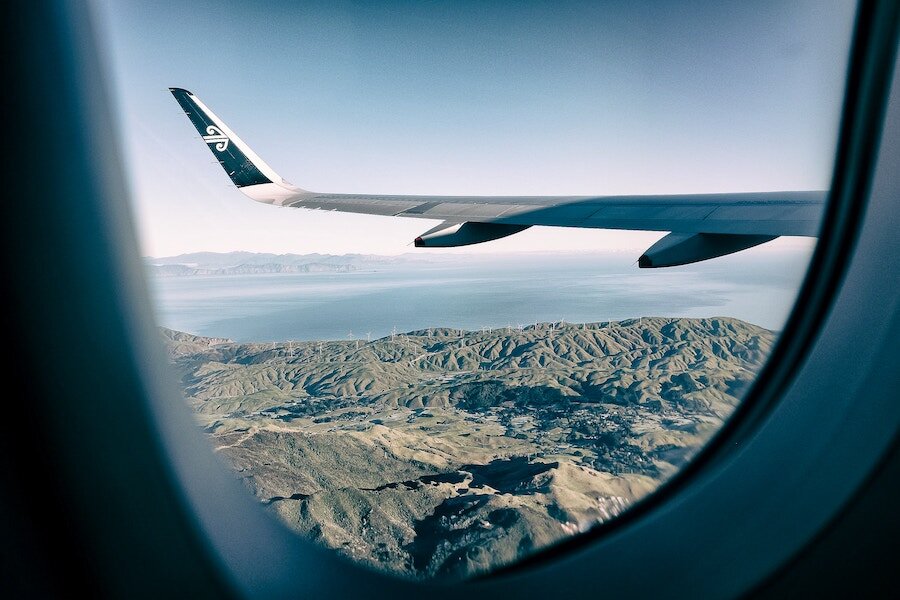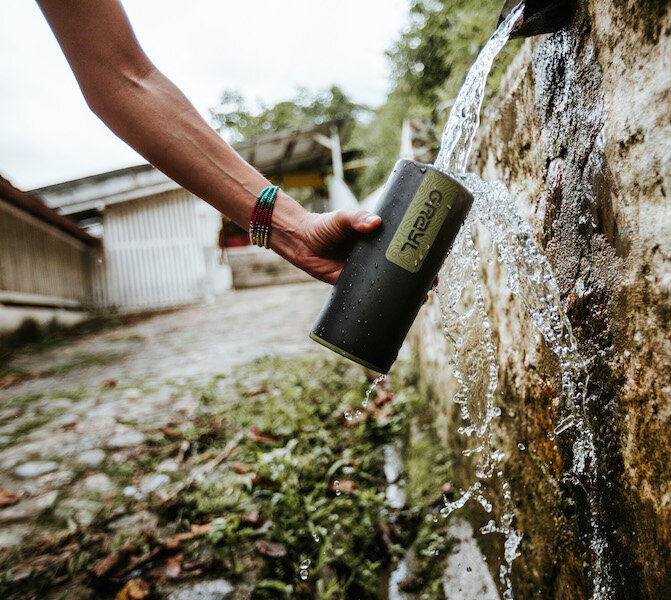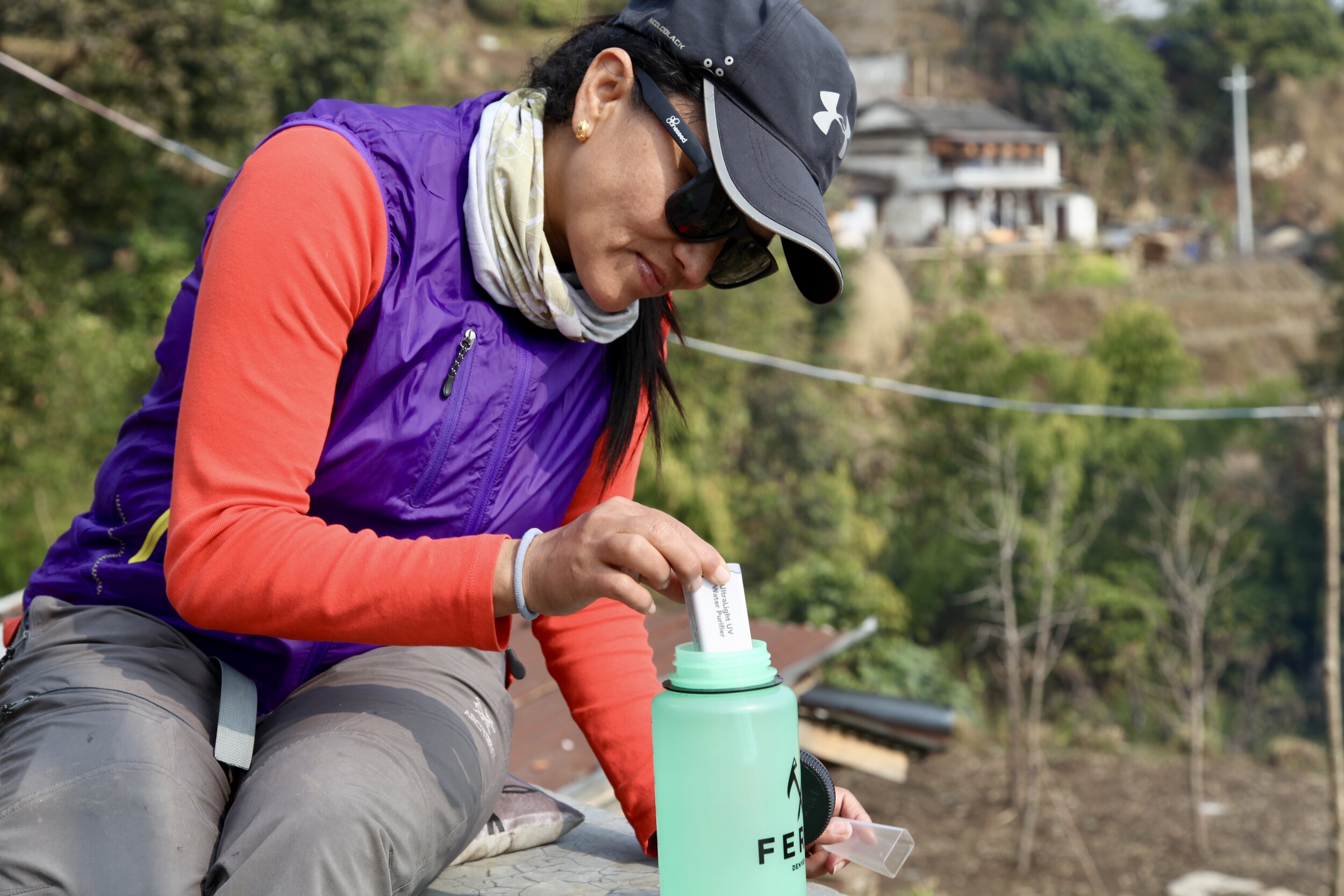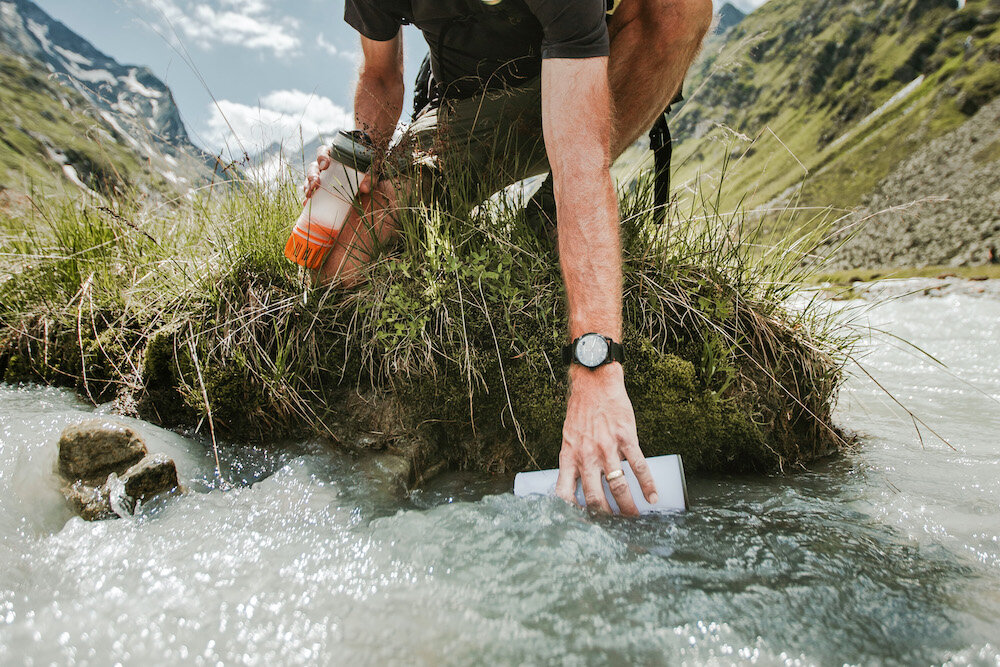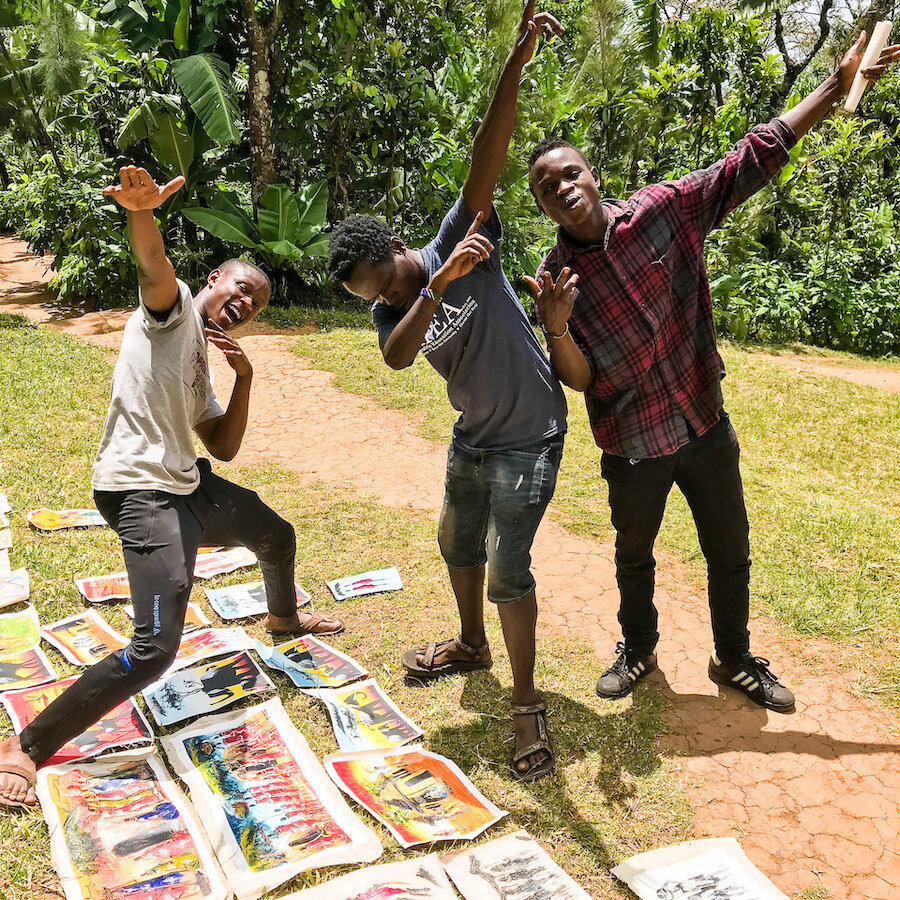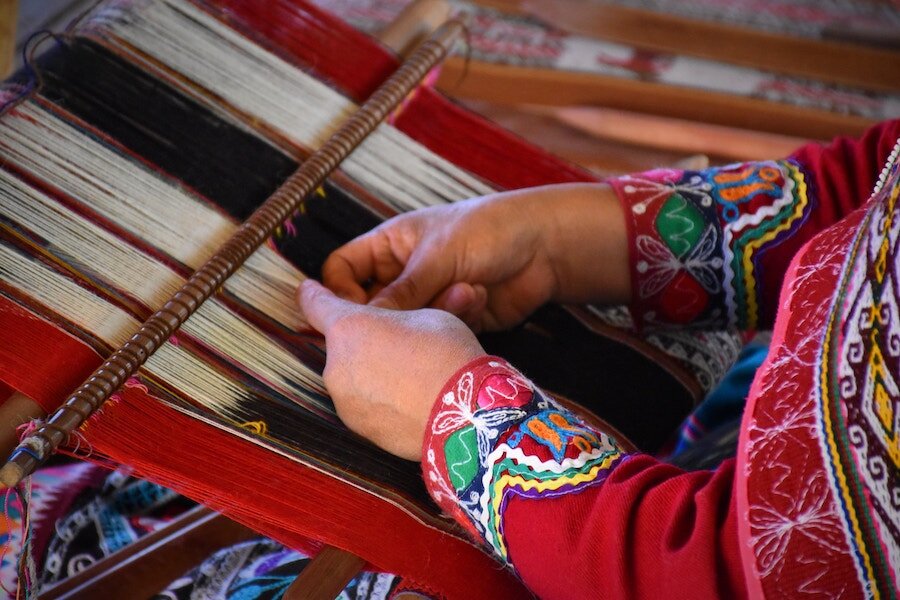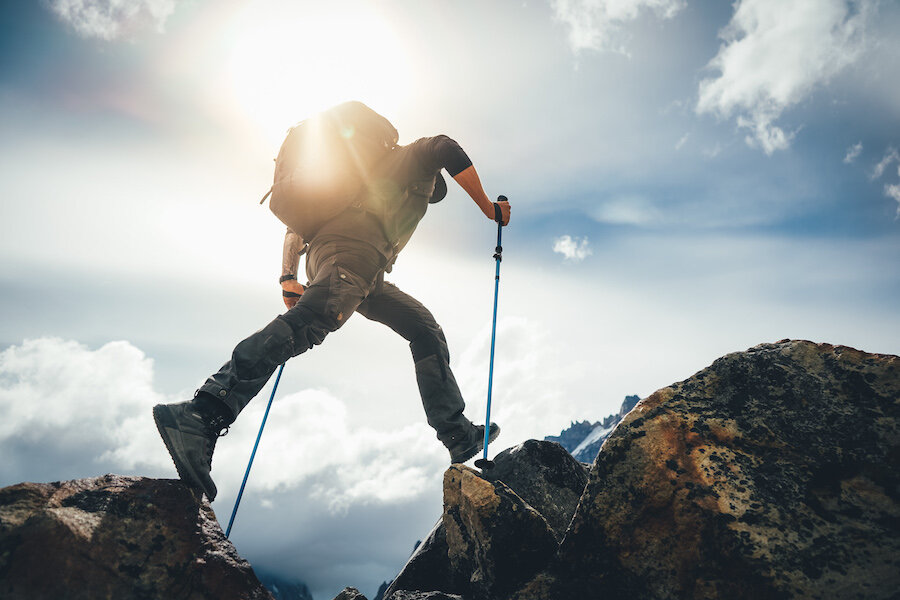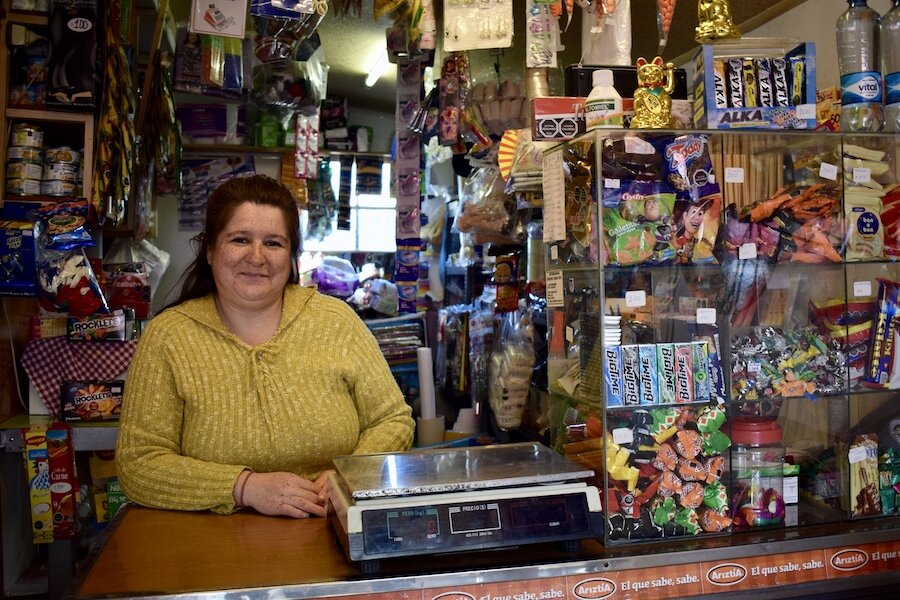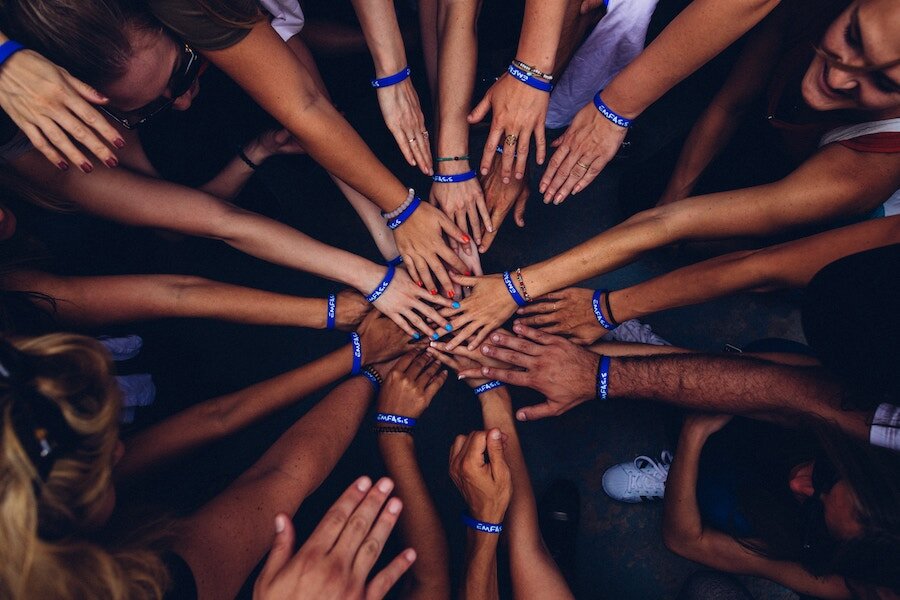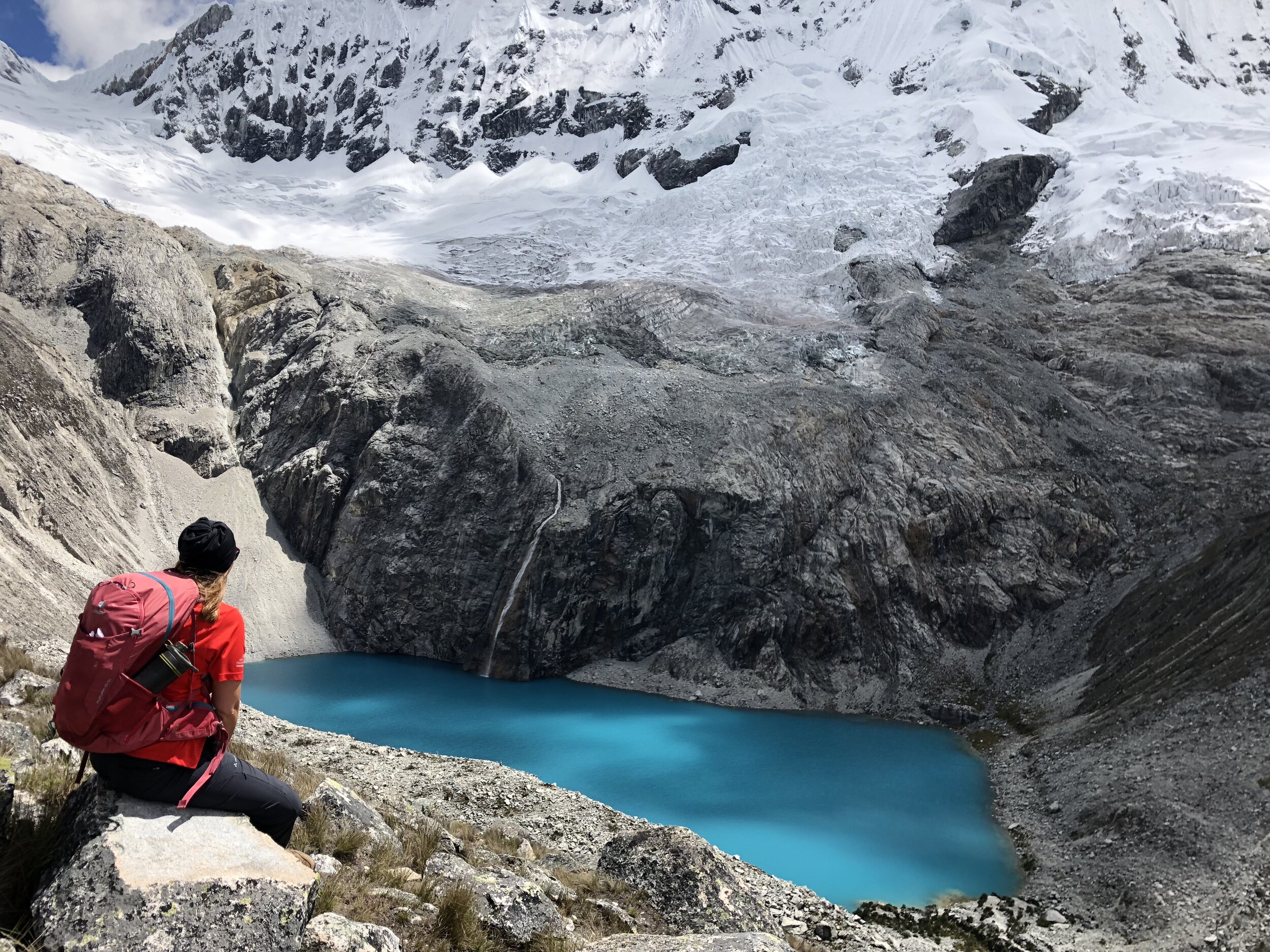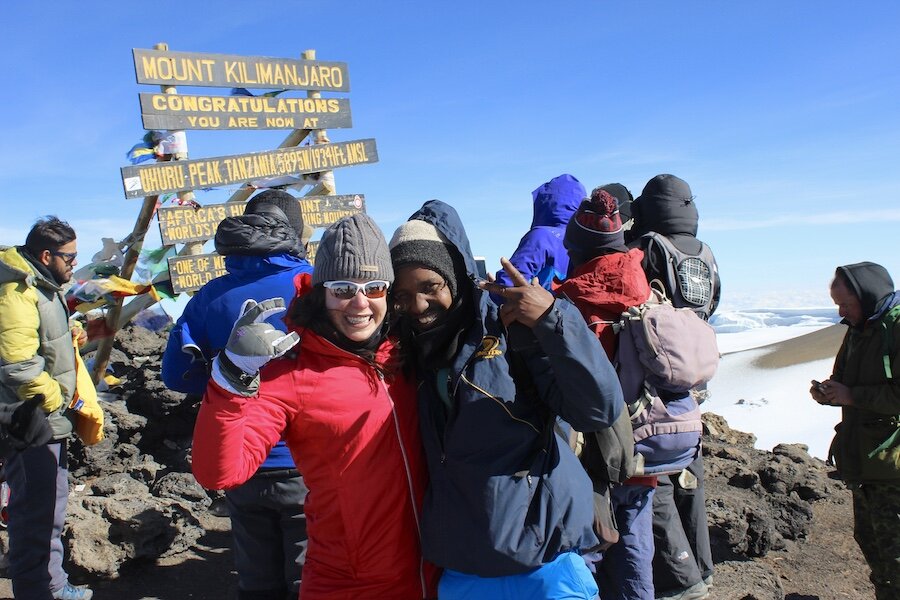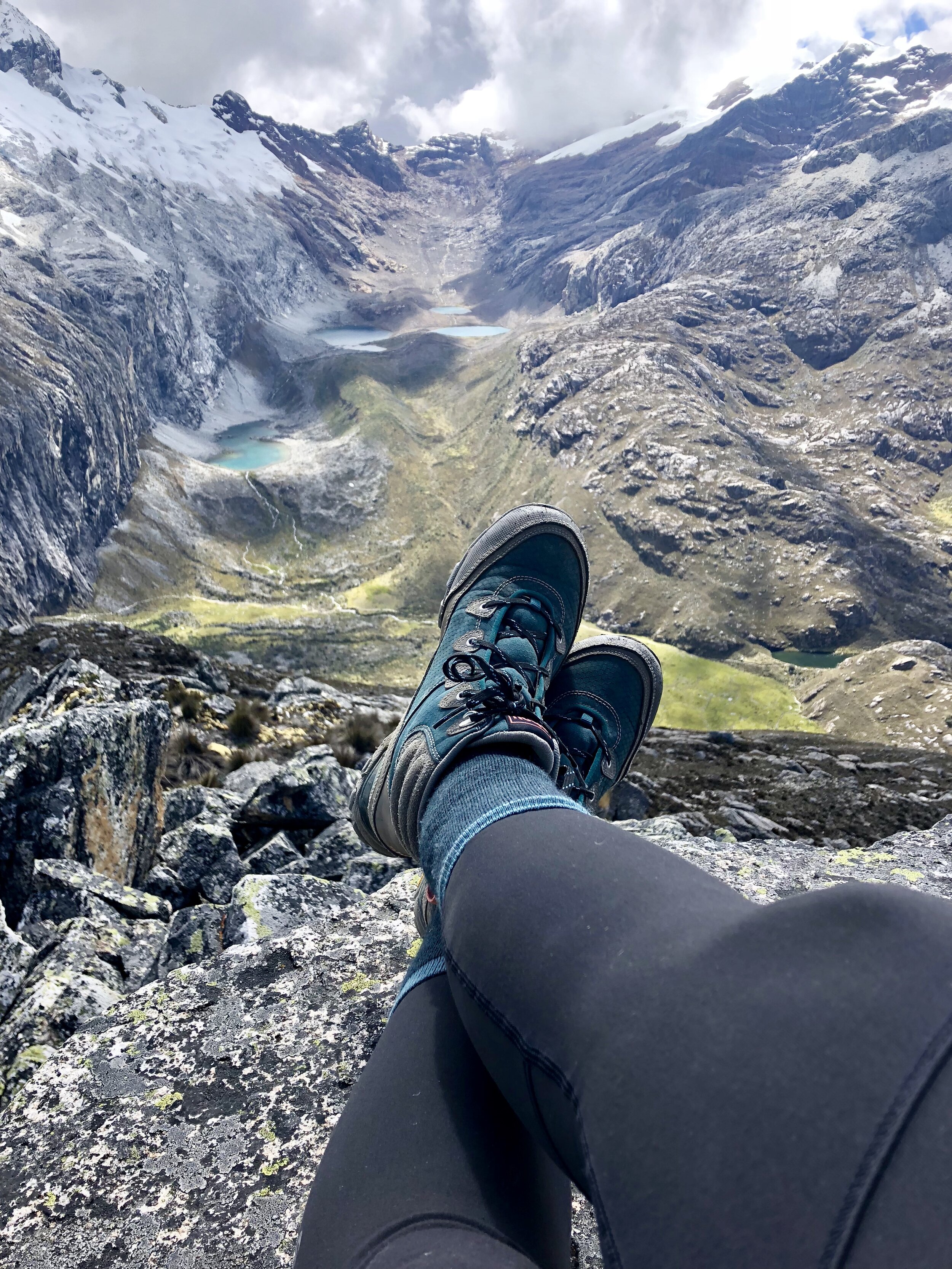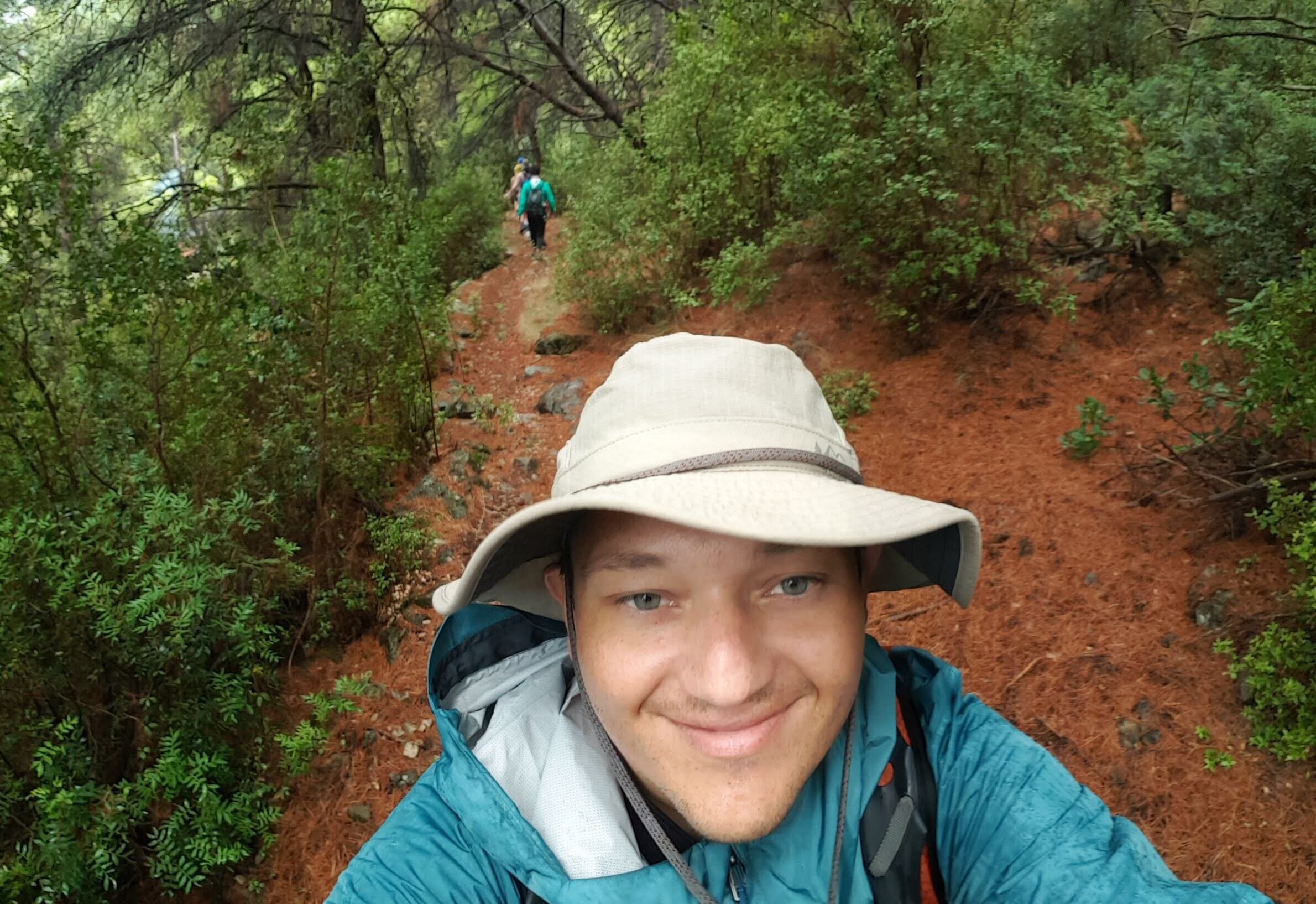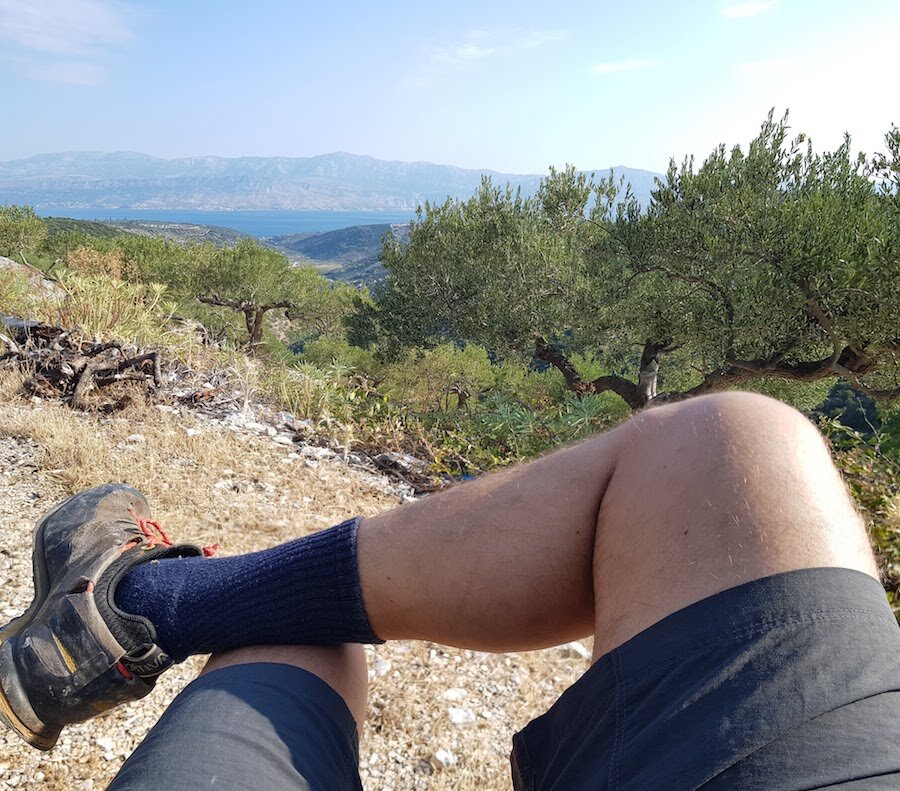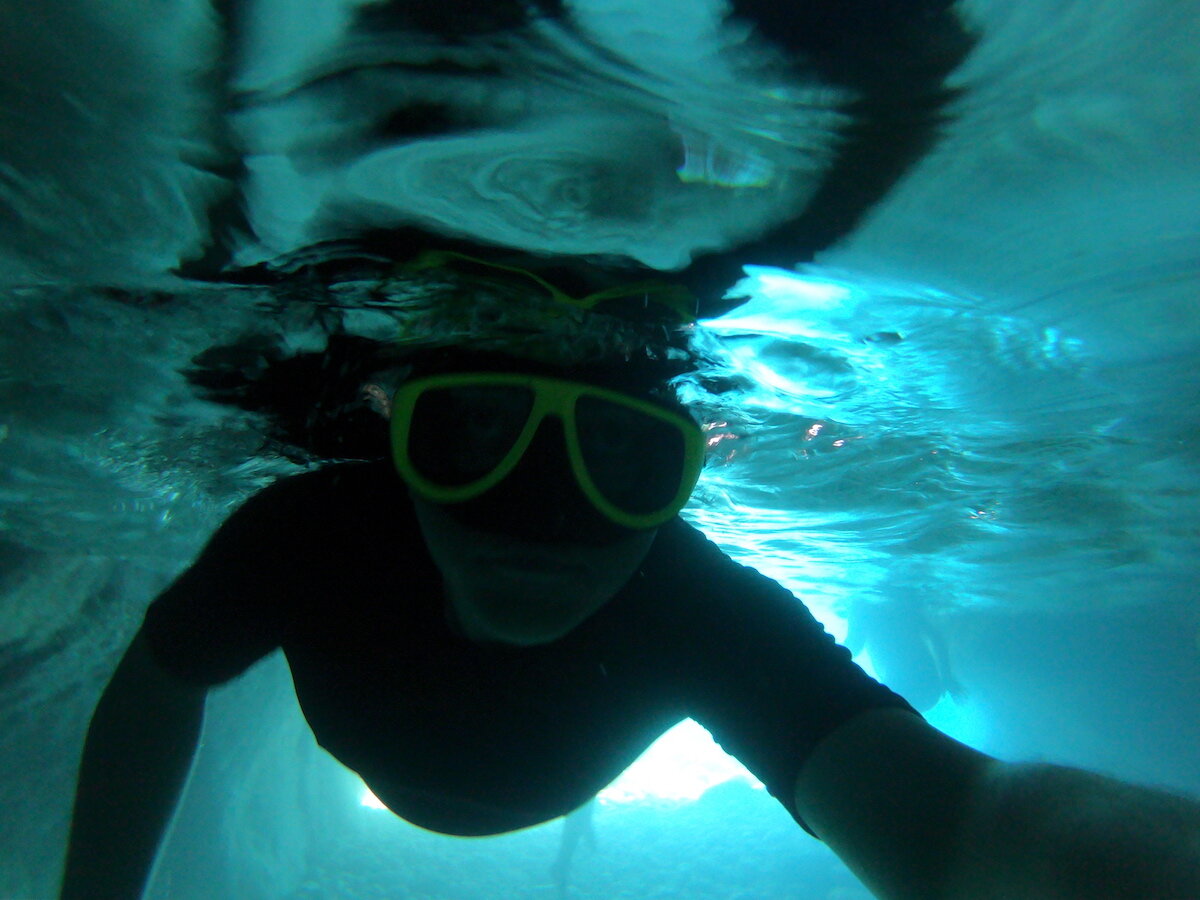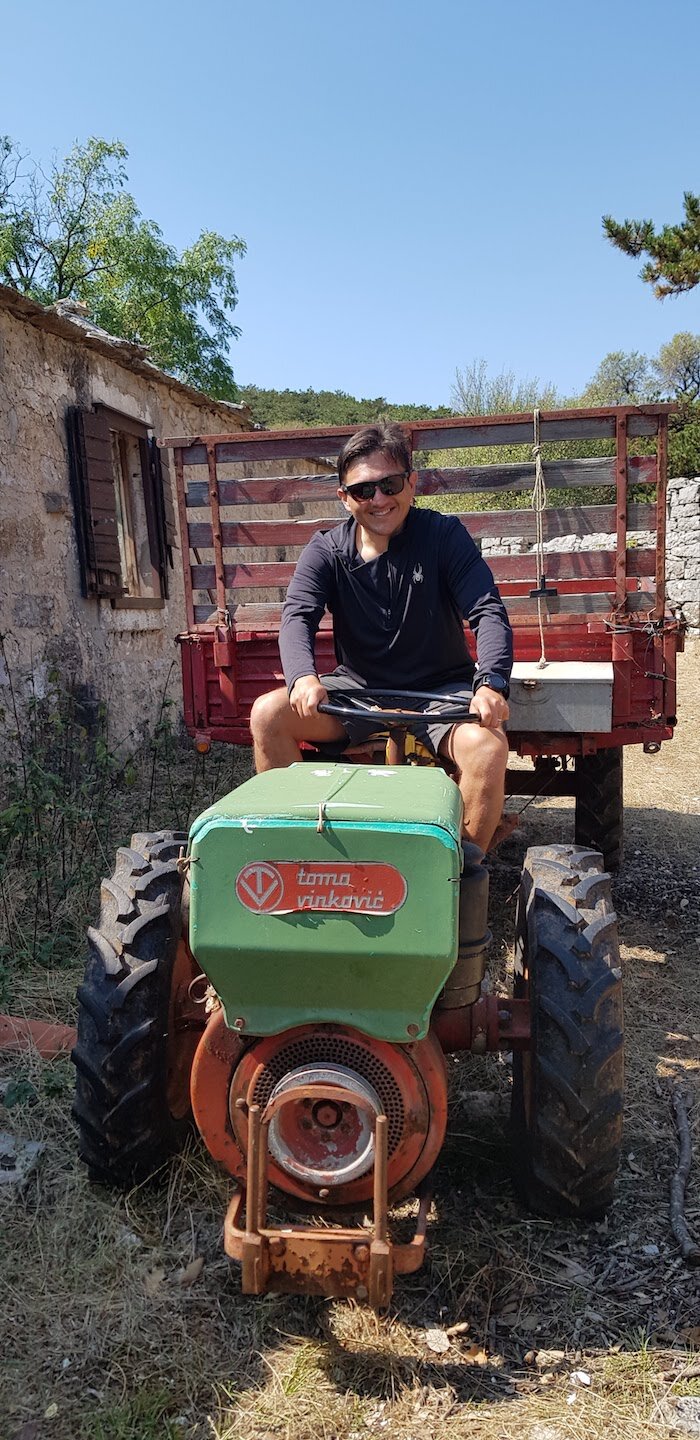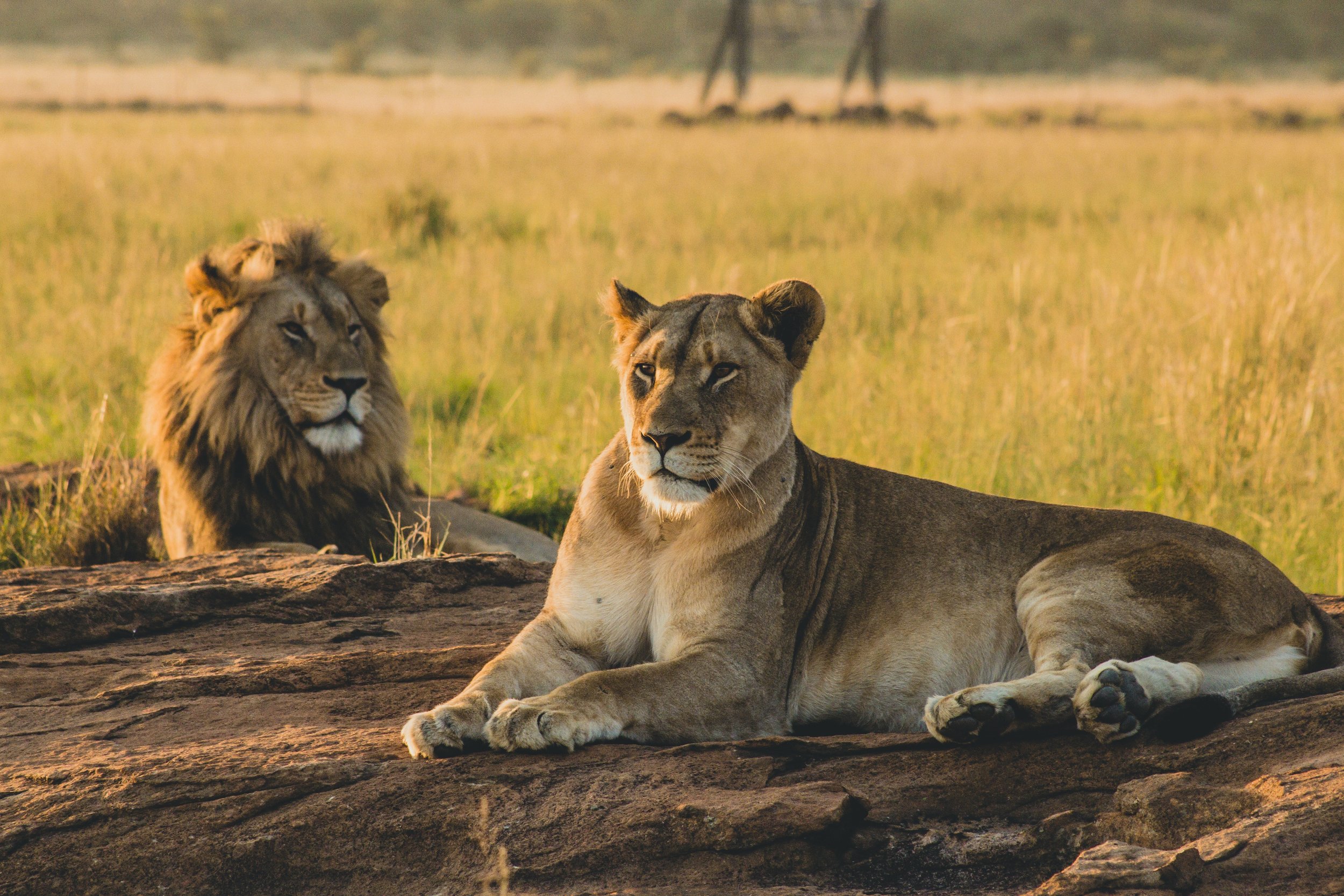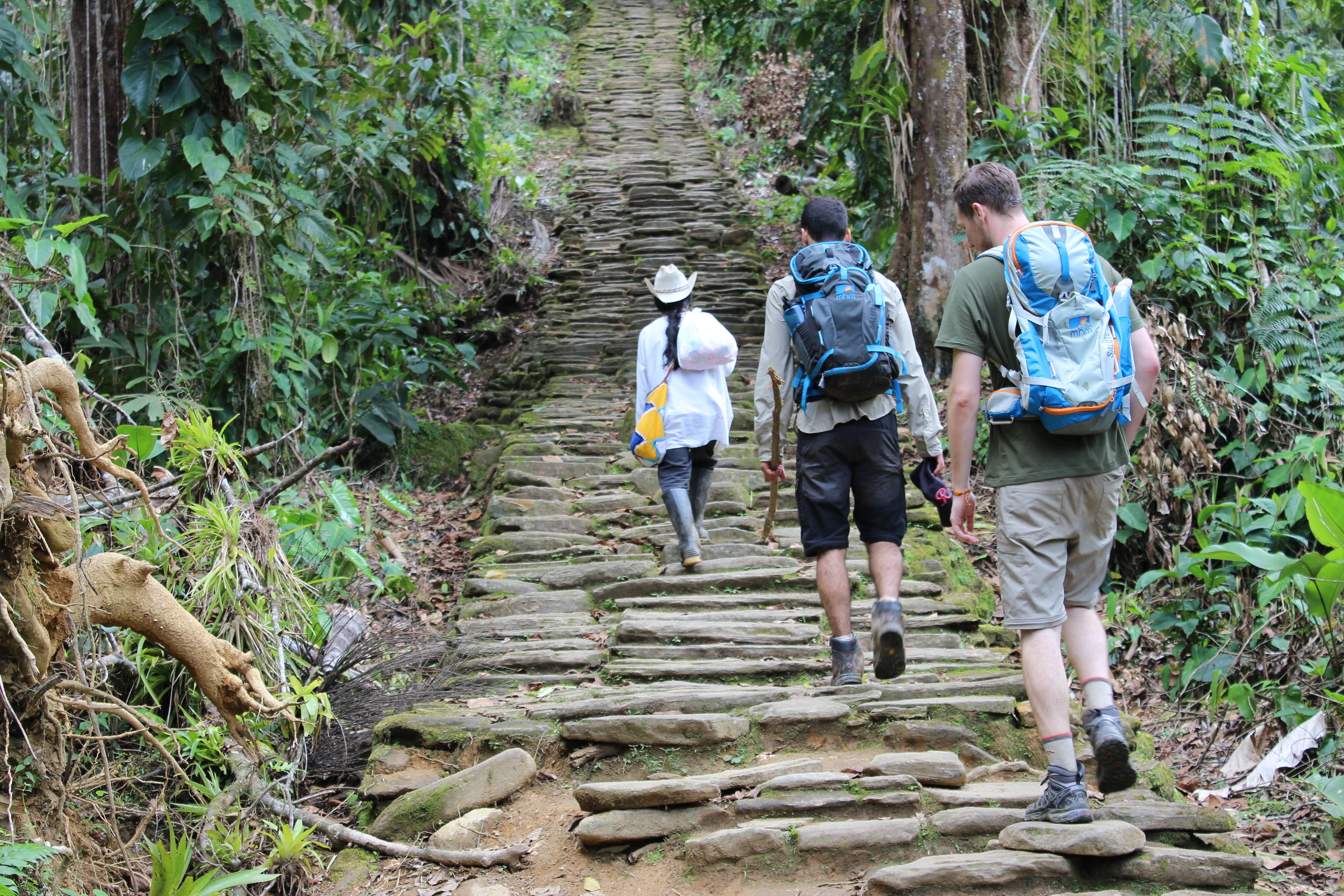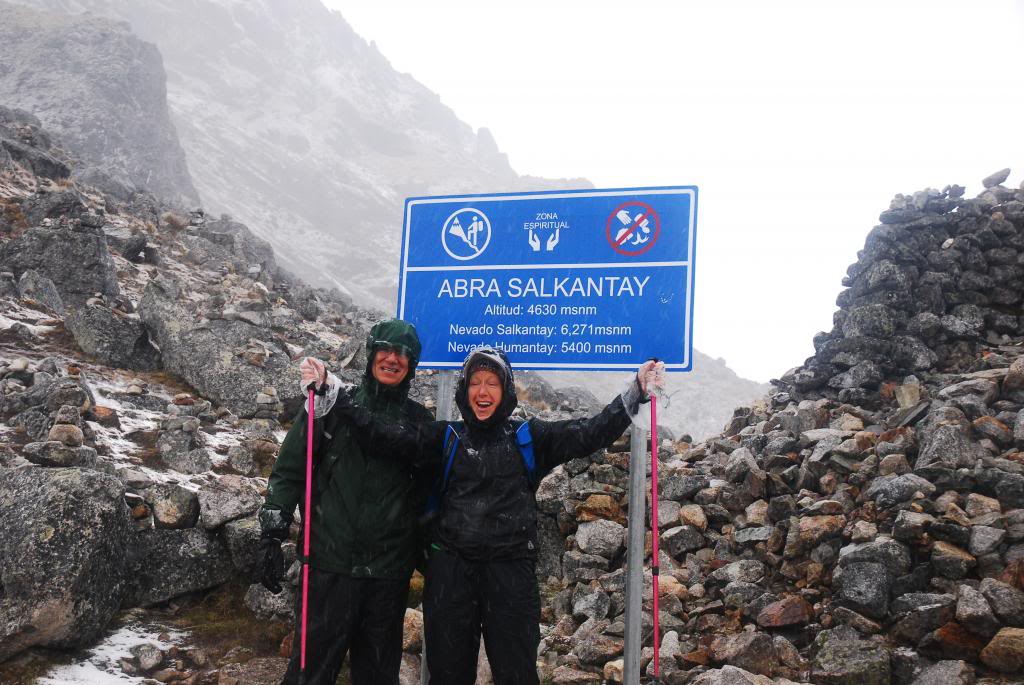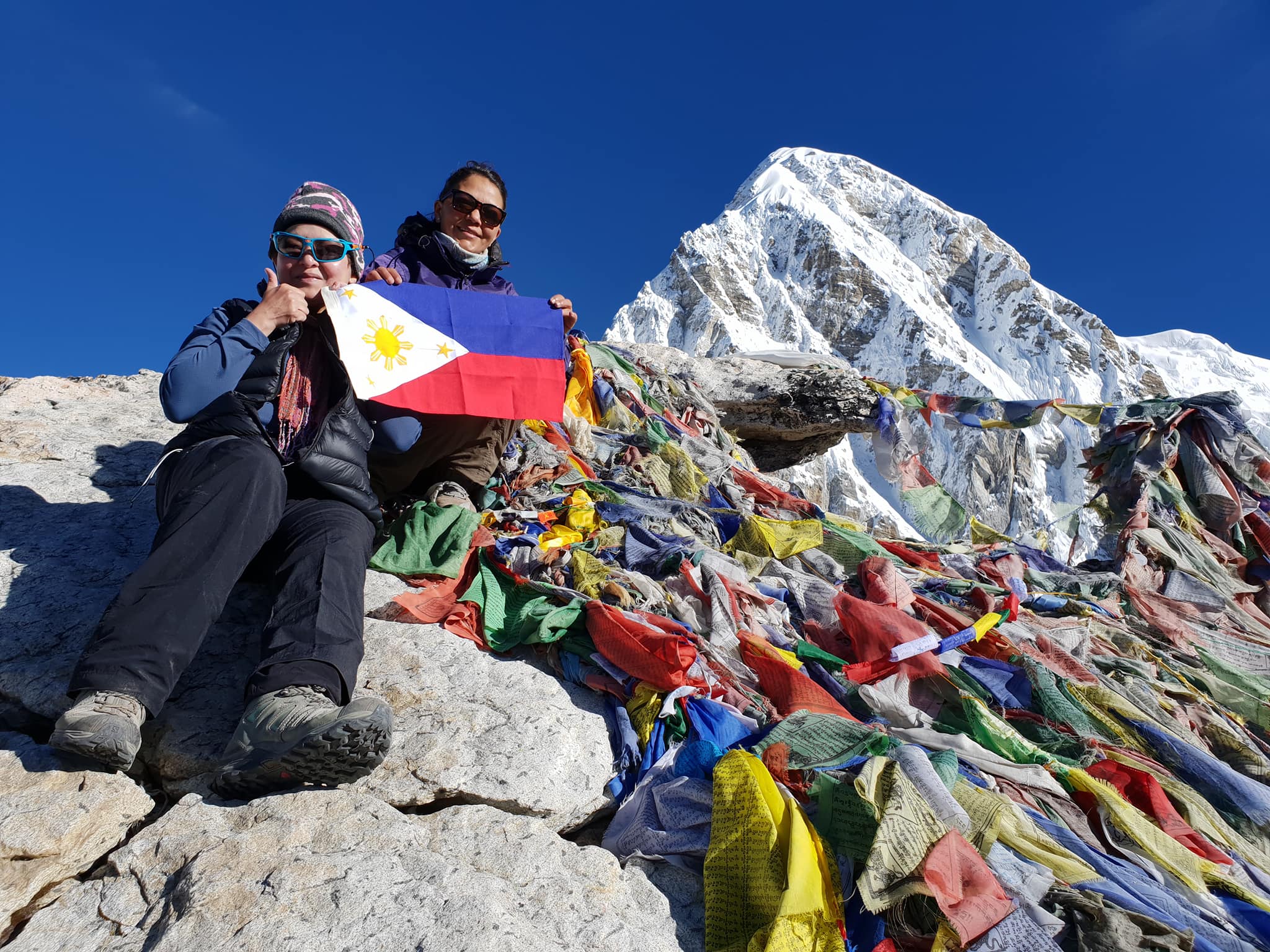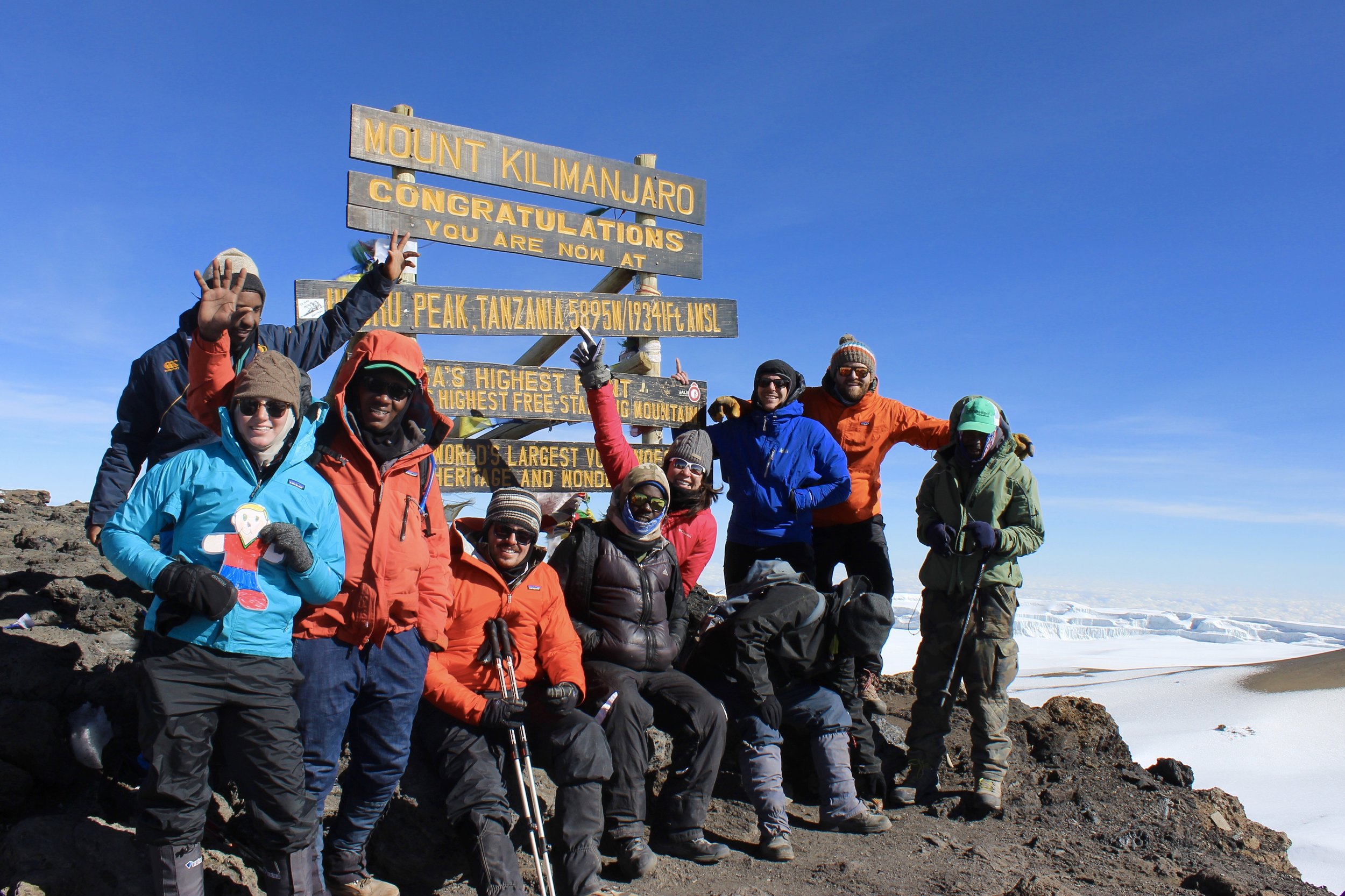Gabi leading a hike on the Island of Brač.
OneSeed Croatia guide Gabi Nuñez Cardenas welcomed many travelers to Croatia this season after a year of pandemic-halted travel. Since Croatia opened its borders earlier this year, some things have changed and some are just the time when it comes to traveling along the Dalmatian Coast. Hear from Gabi as she recounts the changes (many for the better) and what to expect on a Croatia Multi-Sport expedition.
How has Croatia been impacted by the global pandemic, what has changed?
Since the entire world went on pause for over a year, things slowed down a lot in Croatia, and even more for those of us living on the islands. People went back to their family jobs, working the land, going to the sea, fishing for their own lunch, making their own products or tools, and reviving the olives fields and vineyards.
Everyone connected to tourism was affected, but it also helped local communities appreciate how rich their culture is and how to revive that culture through their contribution to tourism.
It also raised local awareness about how the ecosystem has been damaged from uncontrolled overtourism and plastic pollution, and how after one year so much has been recovered.
Interactions between locals and visitors became more personal. There was more focus on the quality and how to represent Adriatic culture and localities and start to take care of the local environment.
What was it like to travel to Croatia this season (May-Sept 2021)?
With all the regulations between countries inside and outside of the EU, tourism is not as accessible to all as it was before. Luckily travelers from the U.S. have an easy time traveling to and from Croatia, and this season were only required to enter their information on this web form and provide a valid vaccine card or a negative rapid covid test to enter the country.
Airports were far less crowded, though there were still plenty of travelers coming here. We spent our time outdoors during the day and the only time we encountered other travelers was during relaxed dinners on open terraces where everyone is enjoying the silence.
This season, masks were required indoors in both the cities and islands, but with most dining and activities held outdoors, the mask mandate was not very noticeable. But just like back home, not everyone outside of our travel group was wearing masks -- so we had to adjust and keep to social distancing protocols.
Rapid covid tests were easily arranged by a doctor's visit or at the medical center in Komiža-VIS on our last night. For travelers that extend their visit in Dubrovnik testing can be arranged on a mobile app.
What are a few of your favorite moments from this season?
Some of our older travelers take the gold medal for showing me that being adventurous and curious about life has no age limit. Our travelers Cathy and Linda, who were in their 70s, swam more than any client I have met. They couldn't wait to jump off the zodiac and swim in a sea cave!
Lorena and Jorge were incredible hikers on the trail! While some family members stayed to enjoy the view before the highest peak in Velji Graf - Mljet, Lorena joined me all the way to the top for the hardest part.
I also loved the gastronomy party with Amy and Cath. It was a small group but we took our time to enjoy every meal, try out different dishes, and learn about the farm-to-table process. I saw an honest appreciation for Dalmatian cuisine and how much love is invested from picking the best products into the simplicity in traditional recipes.
What small, special touches make this trip so memorable?
There are so many, but here are a few of the favorites:
Everyone really enjoys the wine and picnics including the little "marendas" (snacks) along the trail. The delicious homemade dinners made by our hosts really show how everyone is involved in the process of cooking a traditional meal. The mother's fresh-baked bread, the grilled fish caught during winter hibernation, the vegetables from grandma's garden, Marja's perfected lavender cake...
Being on the sea, paddling in the open water near forts, castles, and churches that have been there for thousands of years and still take your breath away.
Biking among the salty lakes in Mljet with all those different blues, riding through slow and quiet villages, and driving down the hill with vineyards and olive fields all around us.
The visit to my village, meeting my goats, trying small pastries from my neighbor’s window!
Finishing the trip with a full day enjoying the sea in a little fisherman's village on the Island of Vis, and the last home-cooked meal you enjoy while the sun sets over the water.
Who are some of the key local partners that travelers get to meet on the expedition?
Spending a day with Luška, Tea, and the rest of their family is my absolute favorite. They are so welcoming from the moment we greet each other in Kozarica Bay through the whole 8.5 miles of kayaking. The excursion finishes with them inviting us to meet their family, home, and try some family recipes. Lukša and his family share similar thoughts on how things should run and how to preserve the environment while wanting to provide an authentic experience to travelers.
Visiting Miho and Marija’s family farm in Gruda is wonderful. They rebuilt it into a restaurant that serves traditional south Dalmatian food with a modern twist. And of course, all their products are local or homegrown.
Marin Radulj in Korazica, Mljet is the definition of Croatian hospitality. He is the most authentic host I have ever met, a master on the grill, and your favorite bartender. He runs a family-run business with an interesting history and background.
And the drivers! Because we depend on them and their level of professionalism is a big part of running an excellent trip.
Why is it important to you to partner with locals as part of the Croatia Multi-Sport trip?
For me, it is important that we keep local family traditions going and encourage young entrepreneurs to join in sustainable tourism. If the local tourism is running in a sustainable way then there is more space to improve in new technologies and educate local communities in all forms of tourism from farming to sailing. The social, economic, and environmental factors are evolving as we all are evolving.


